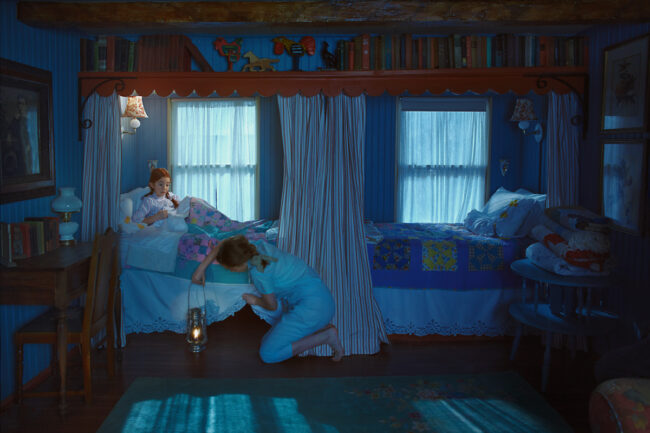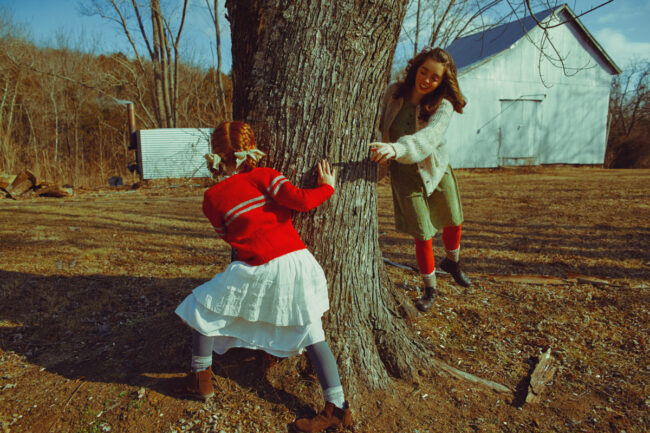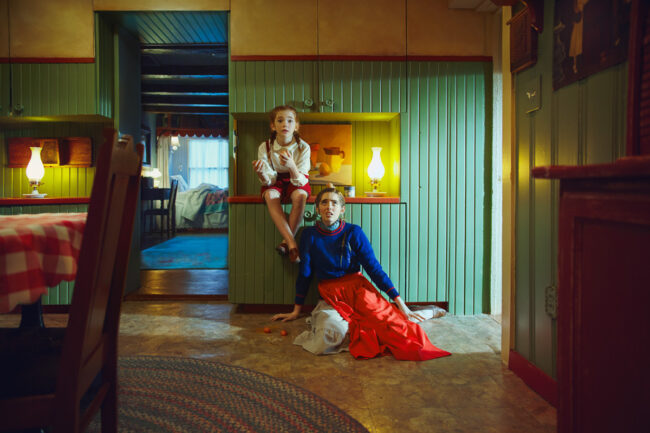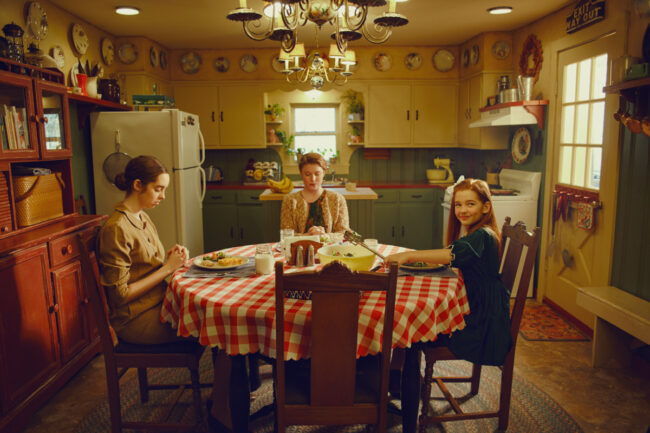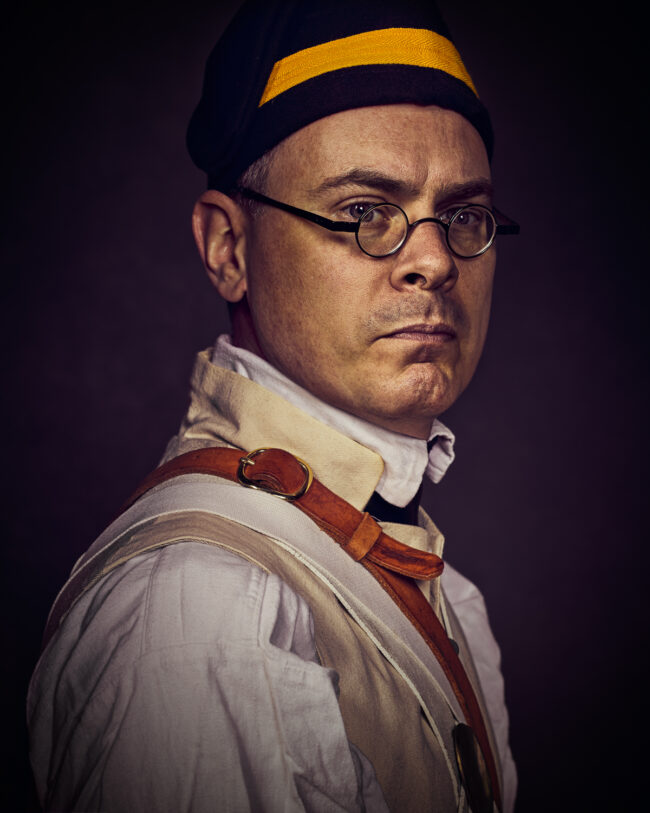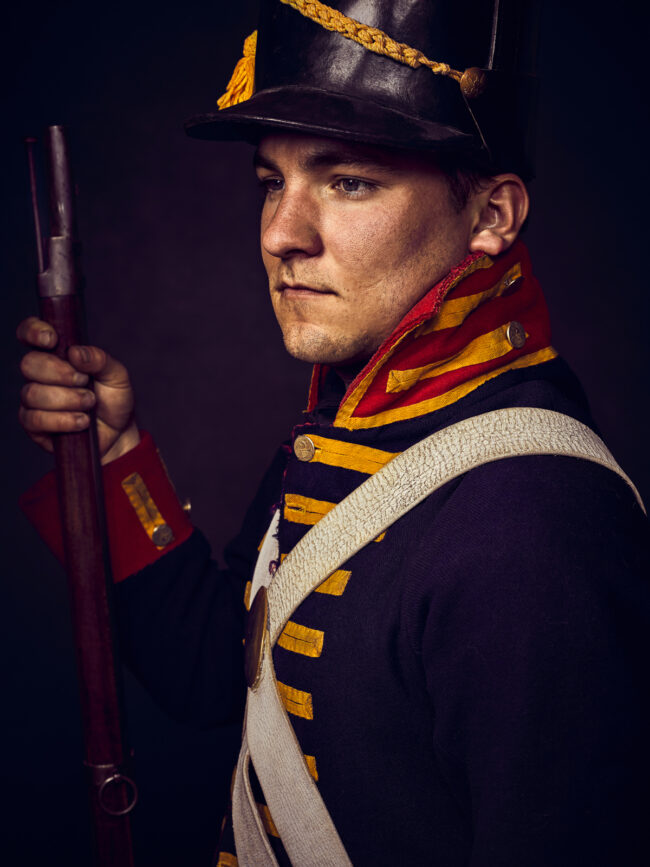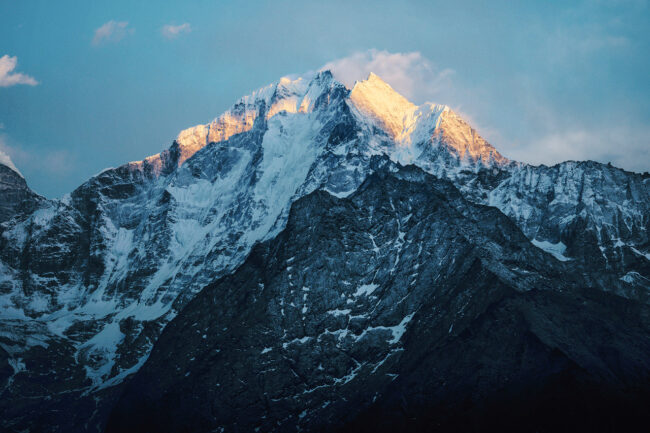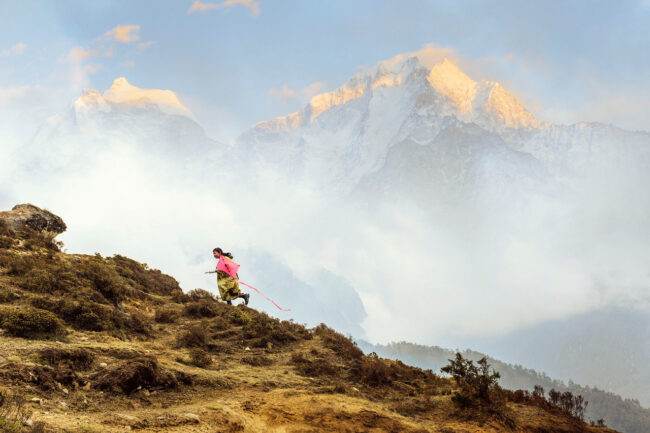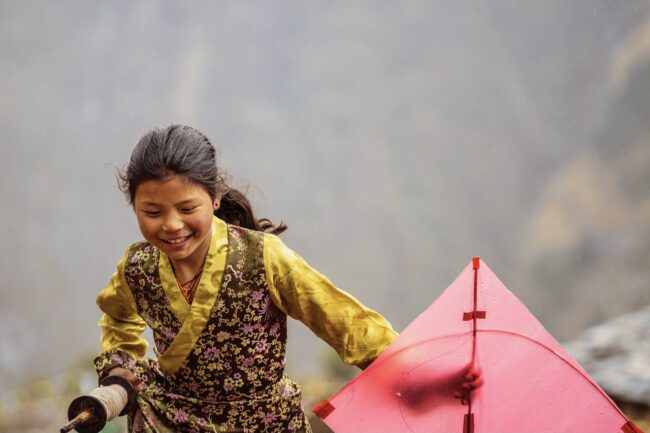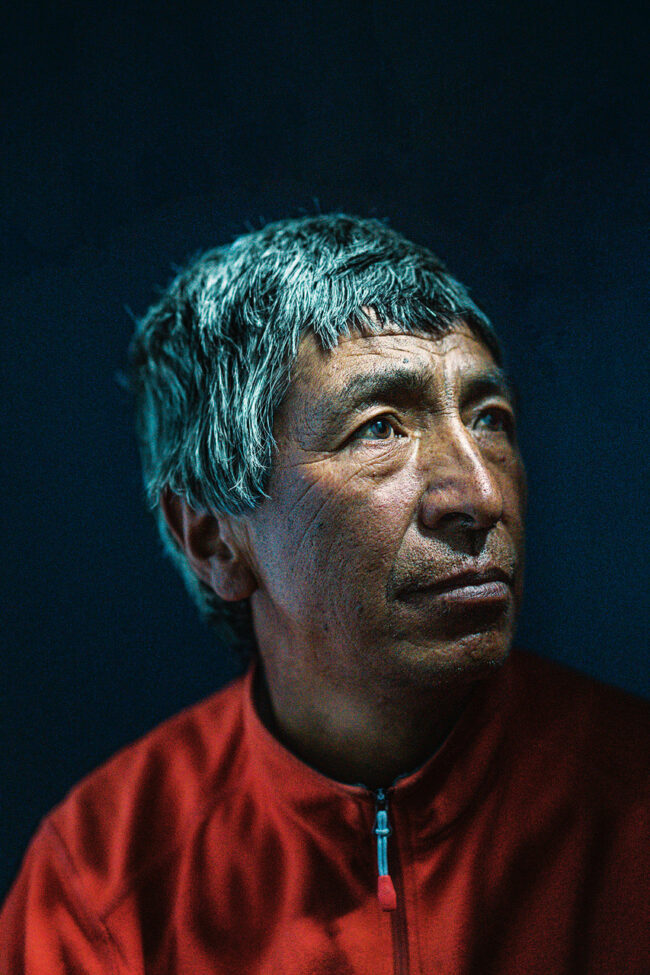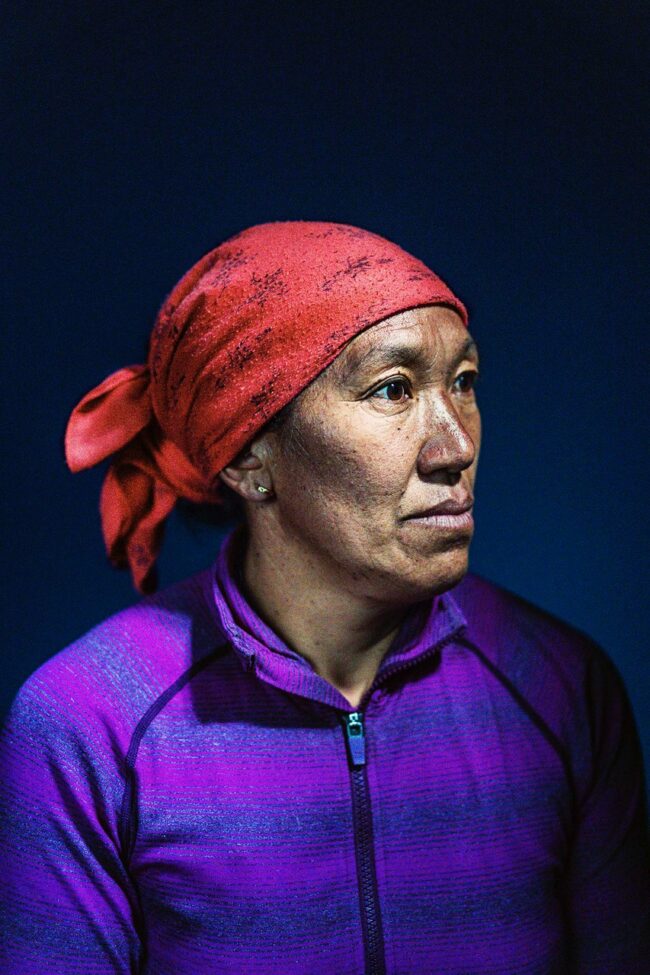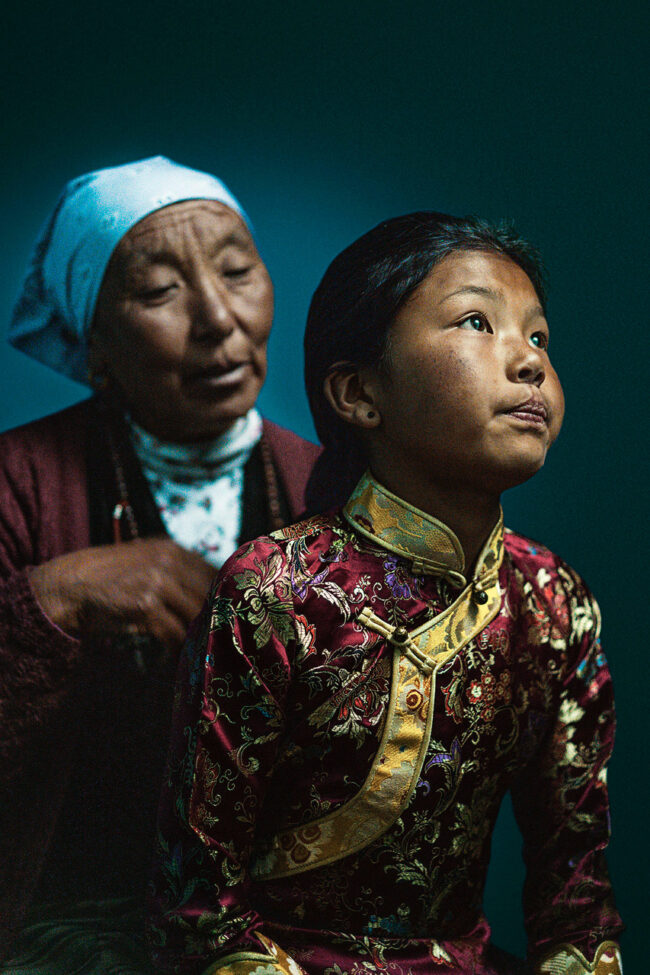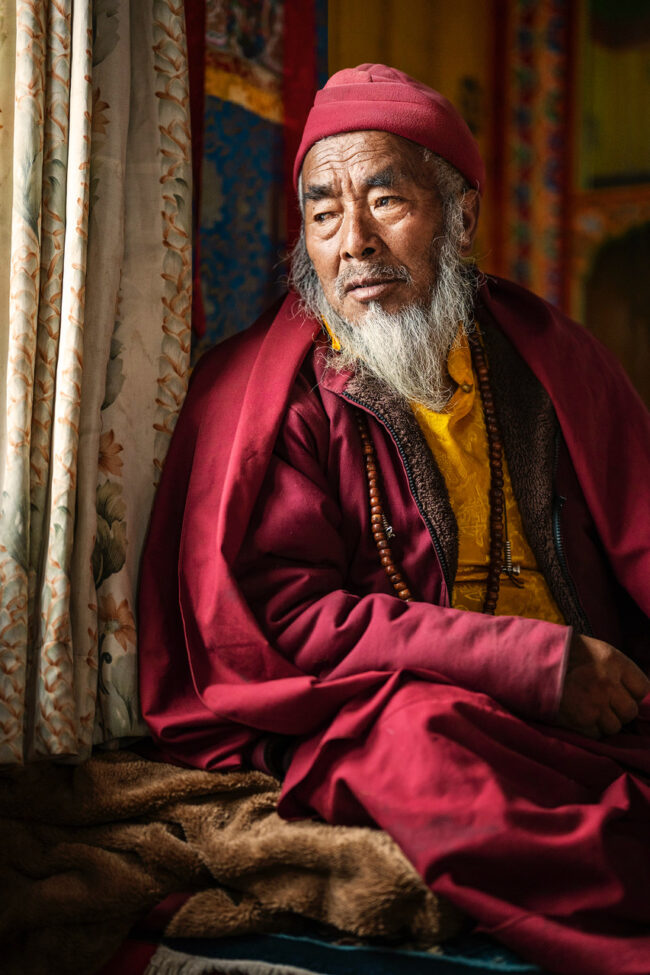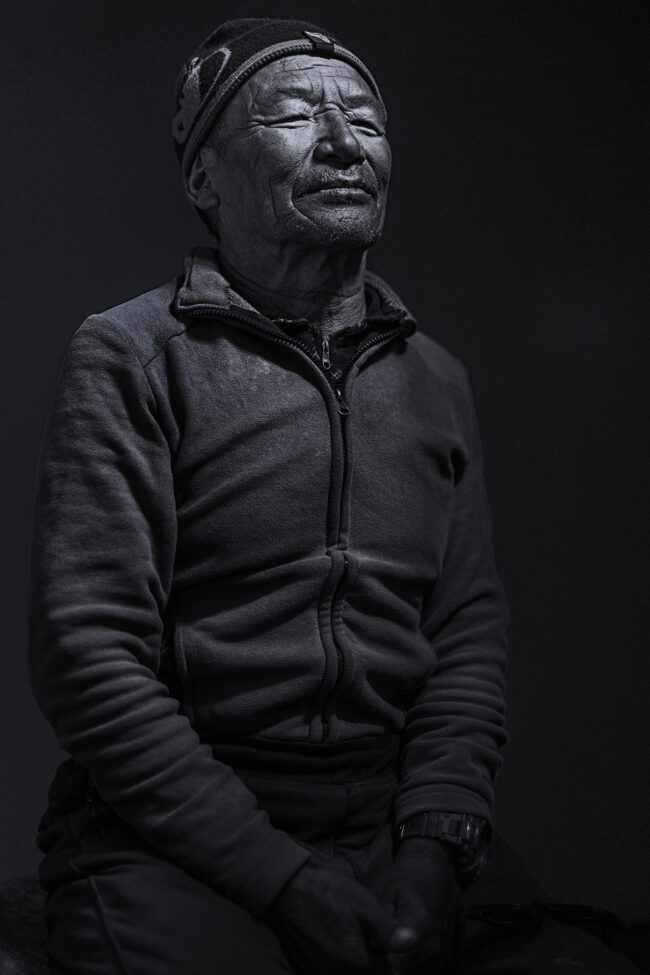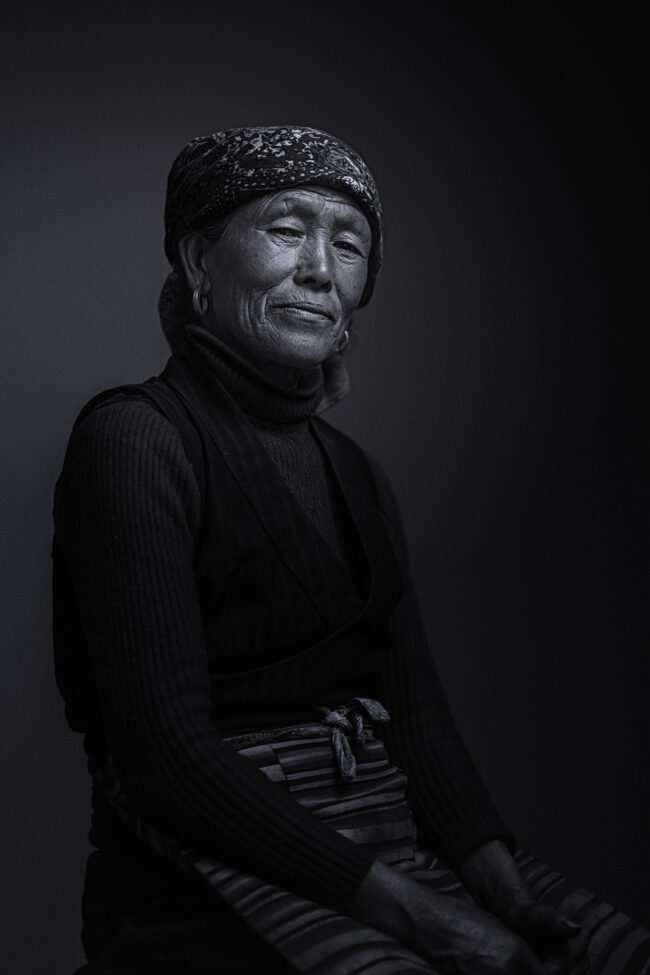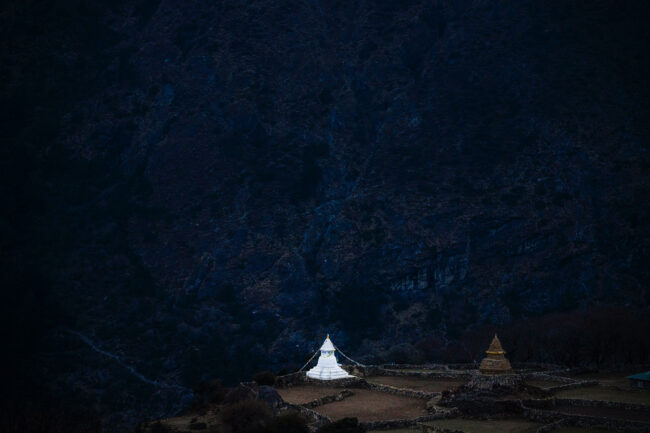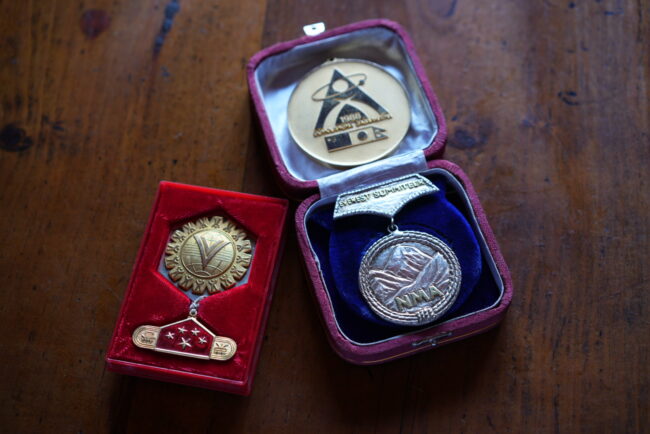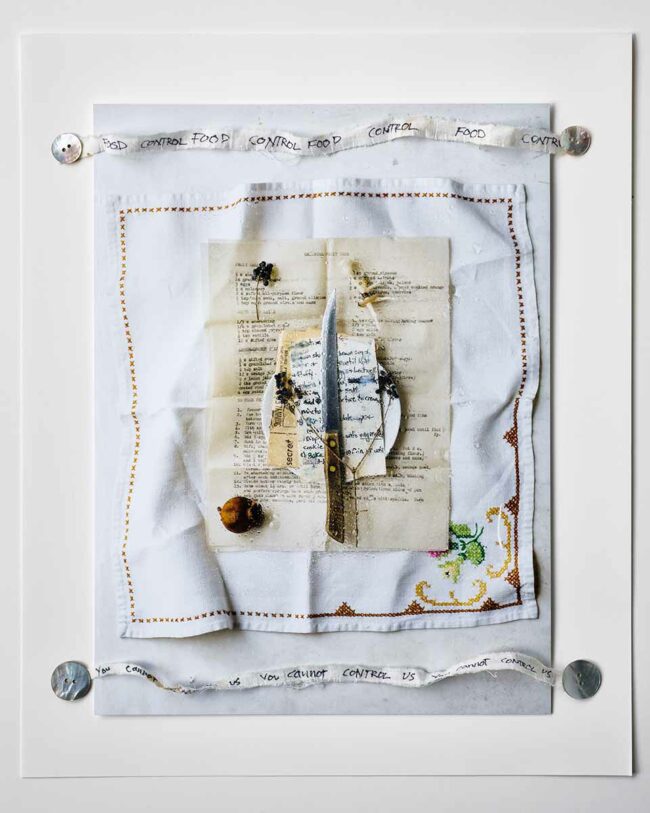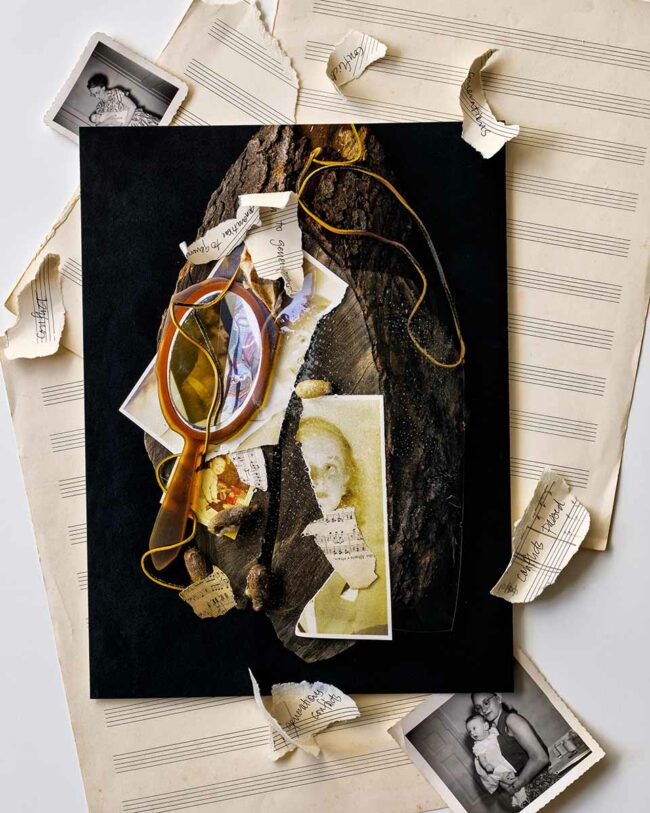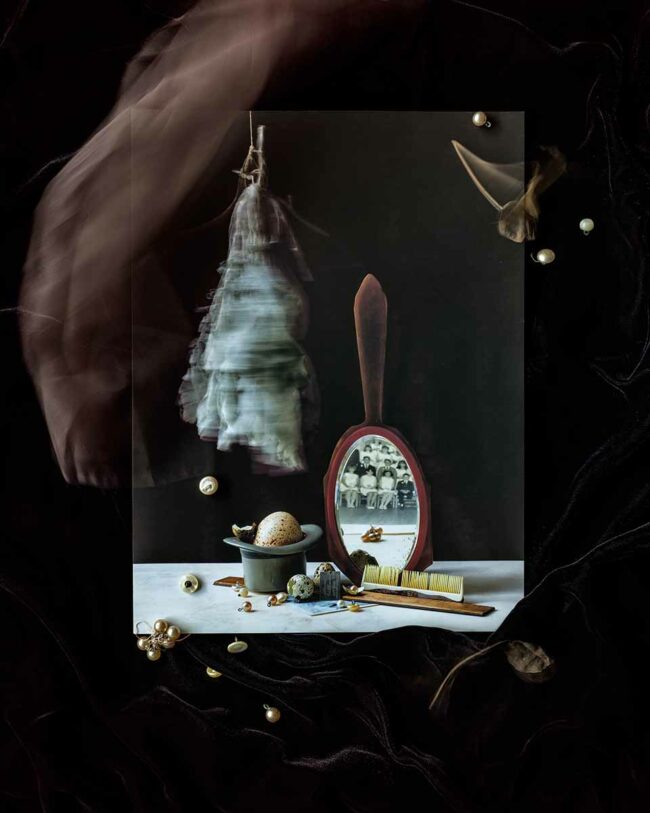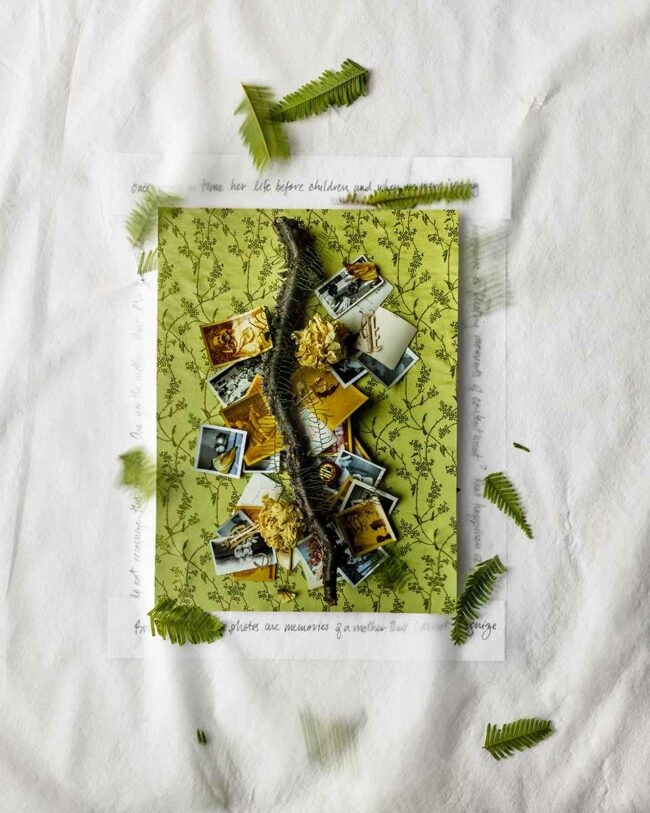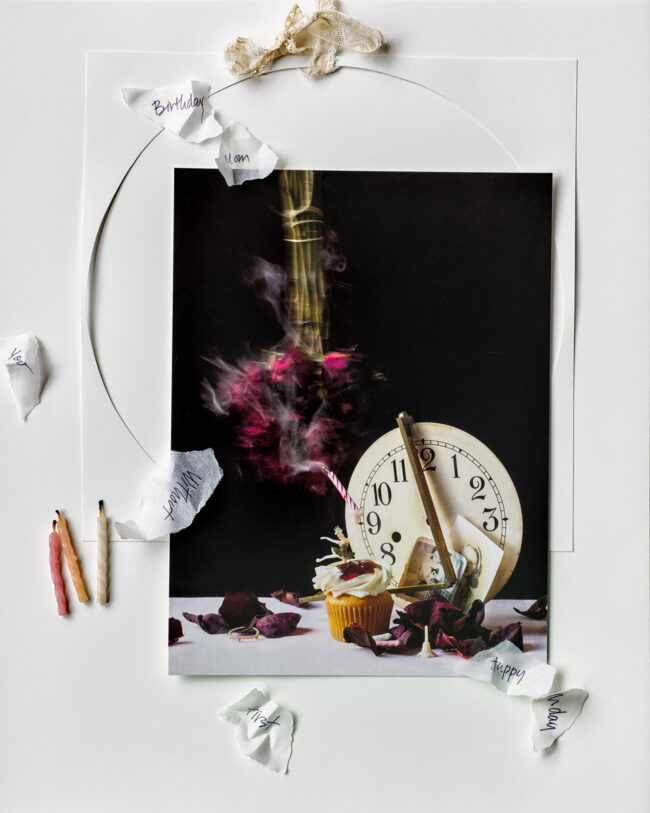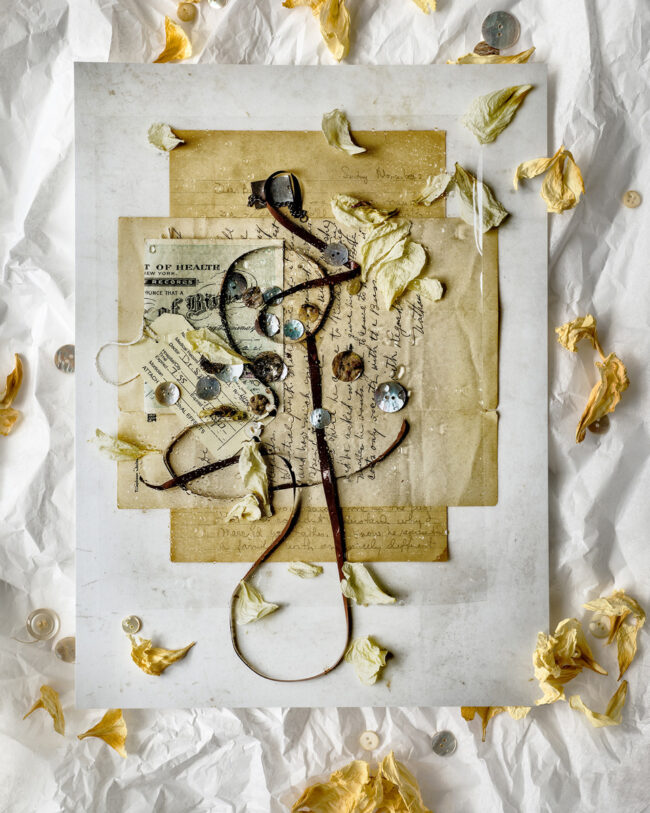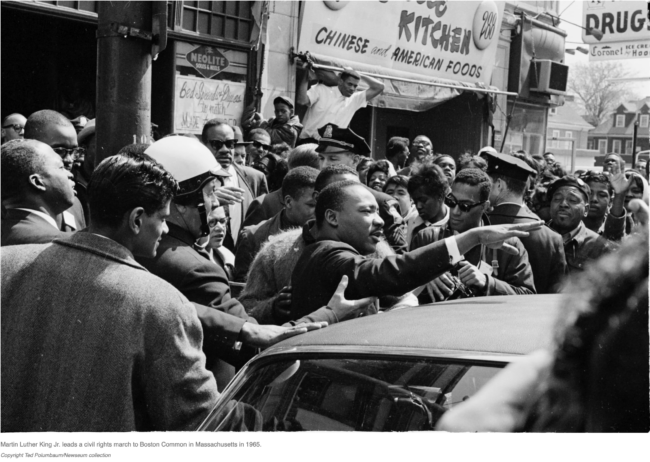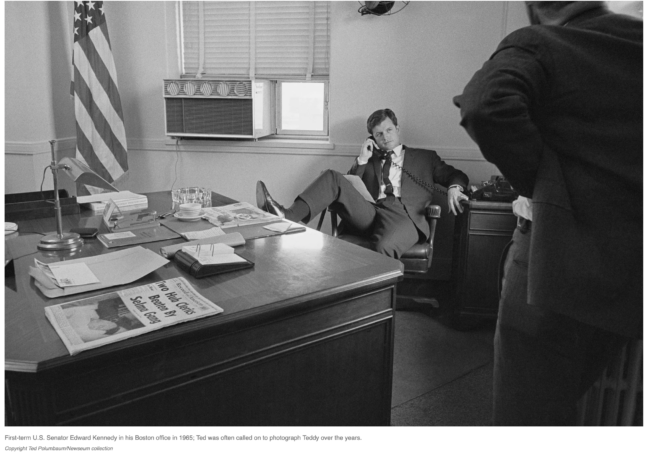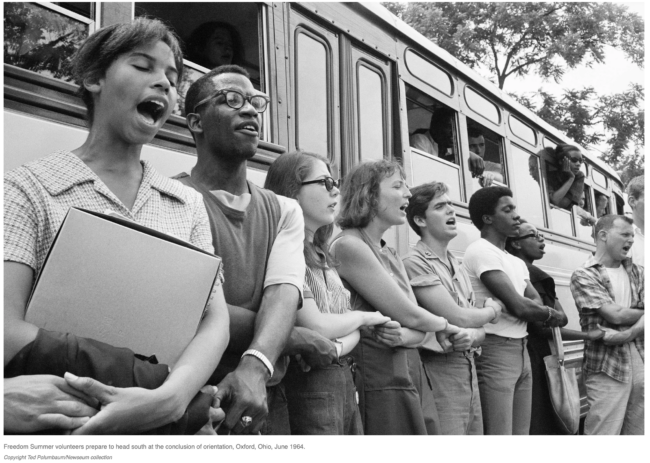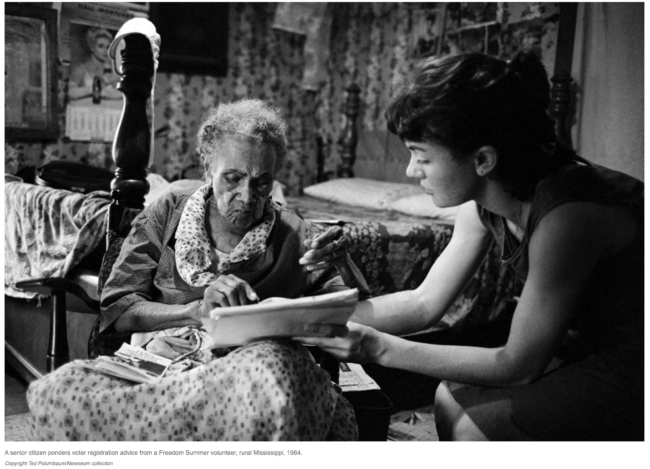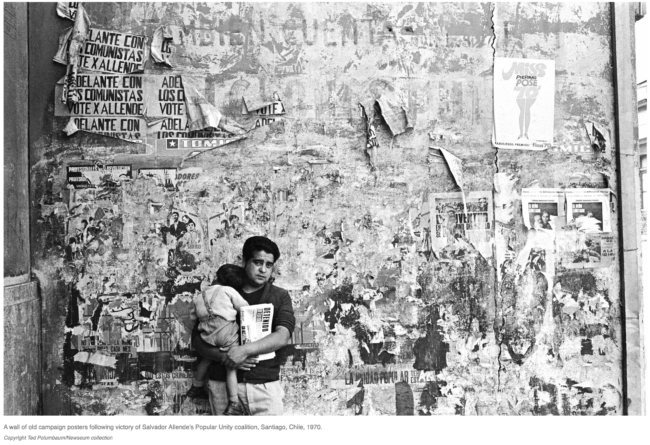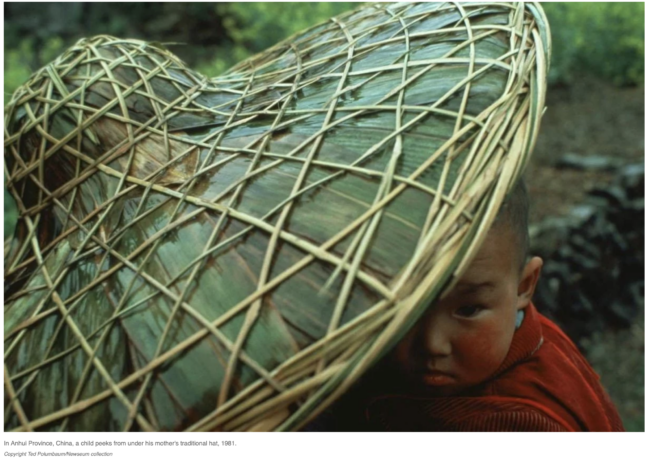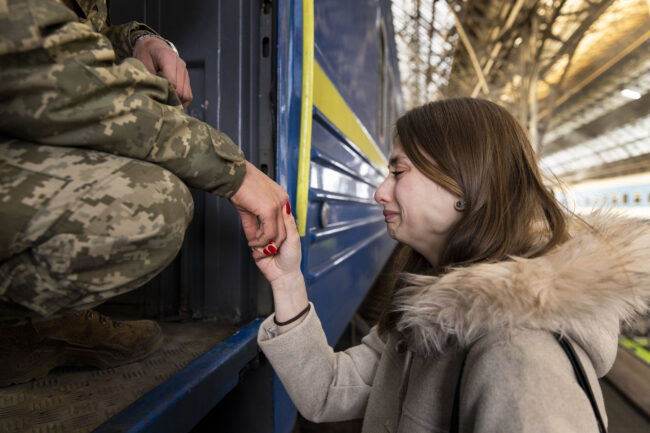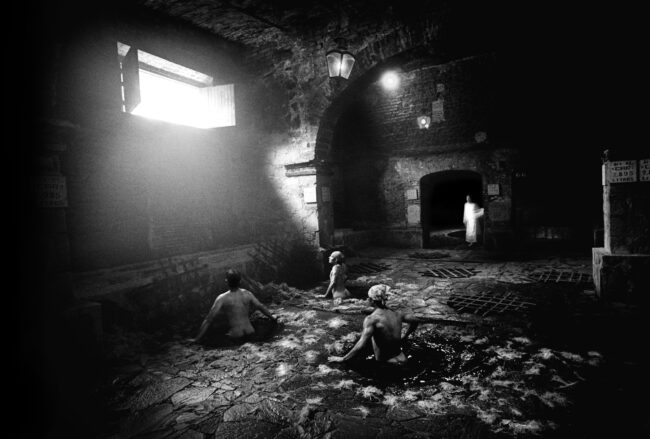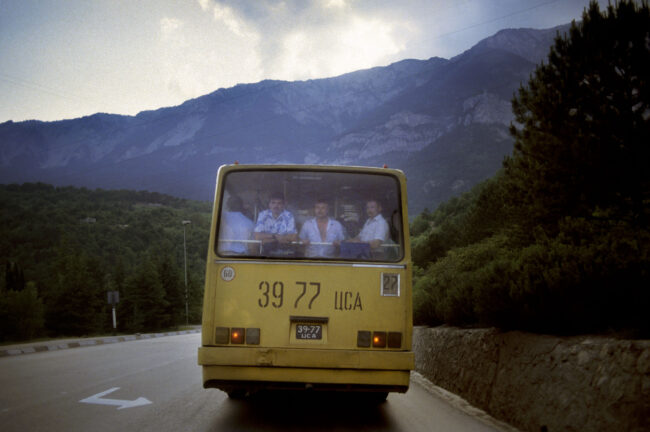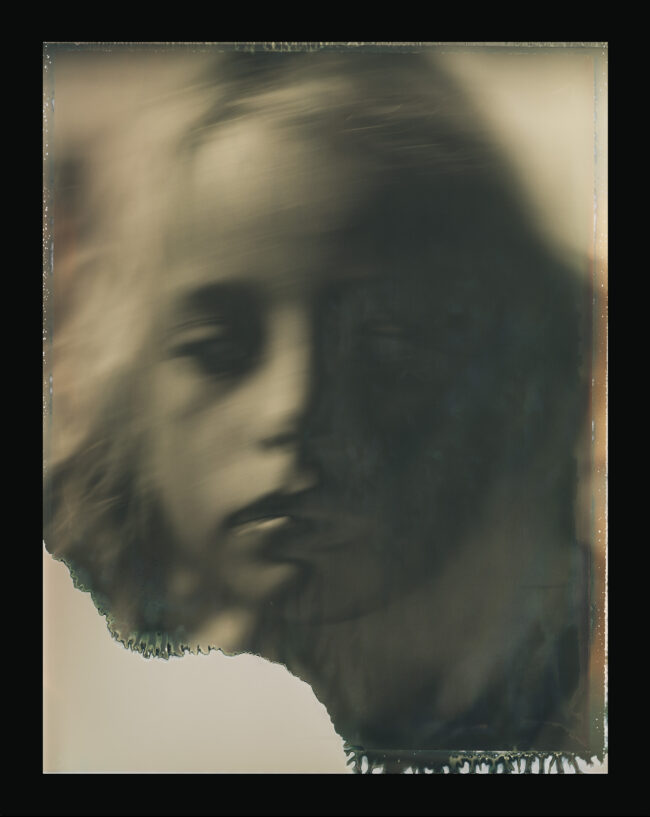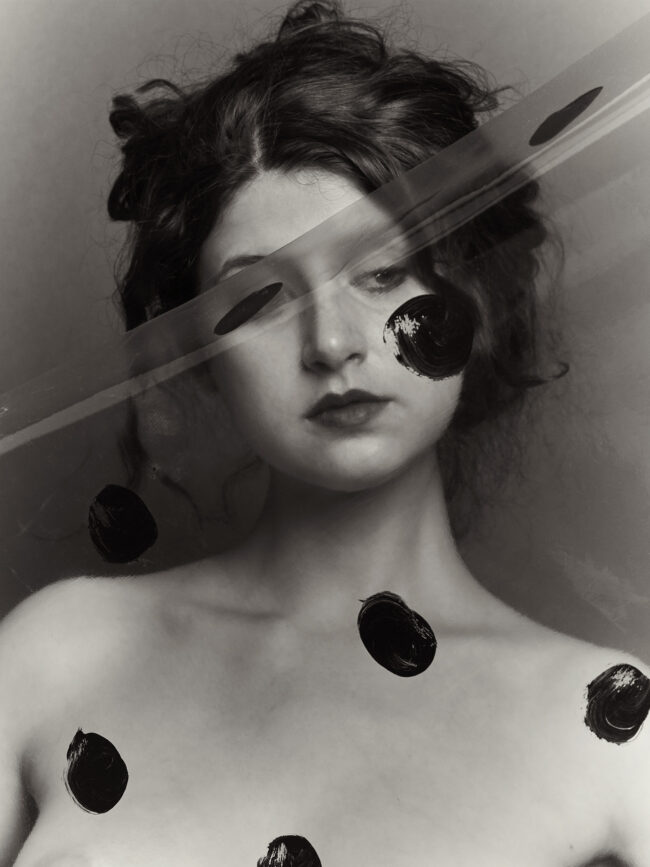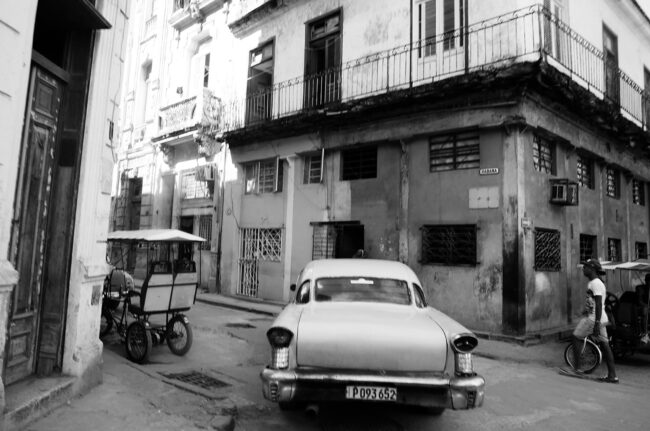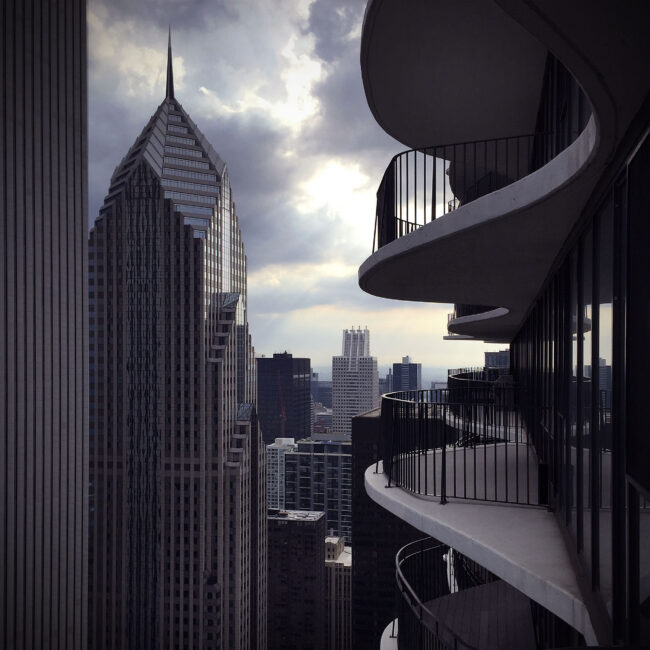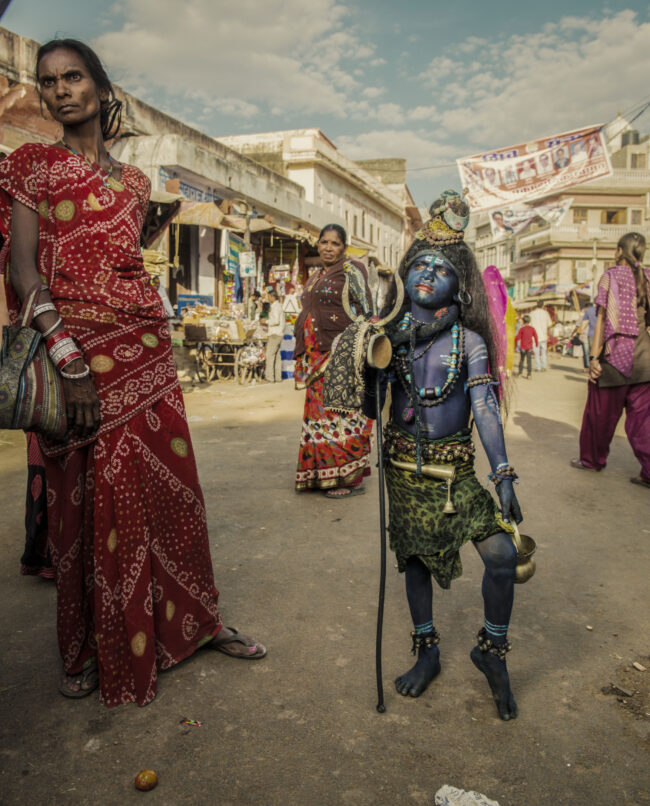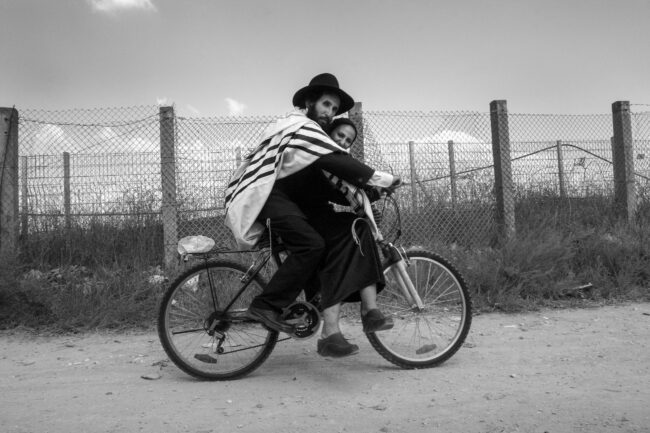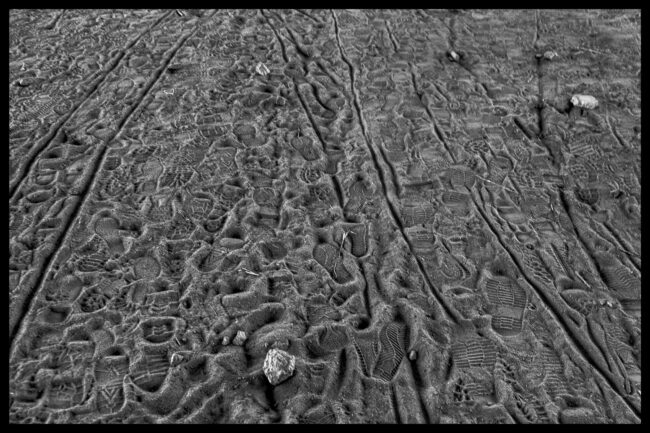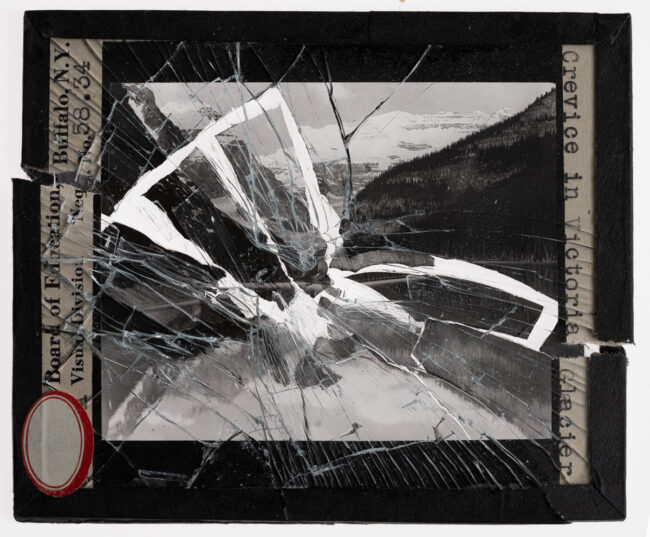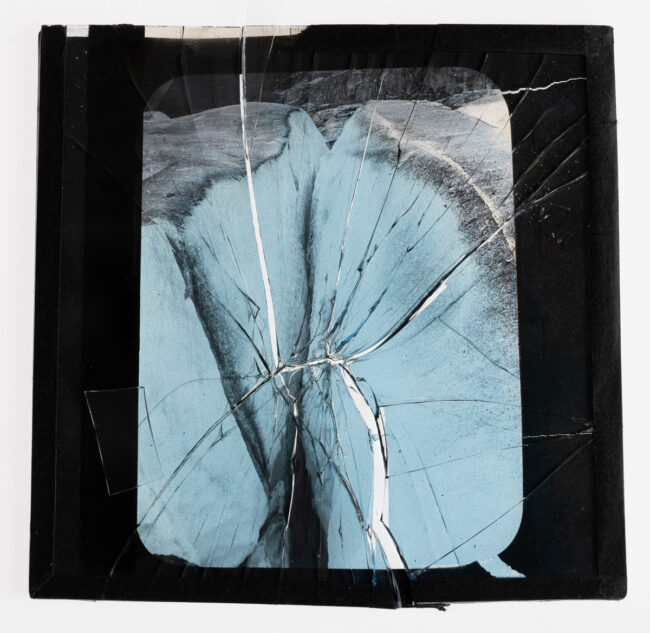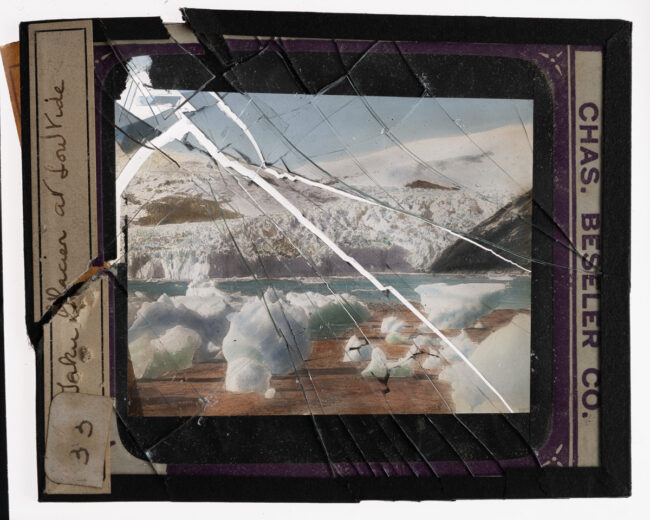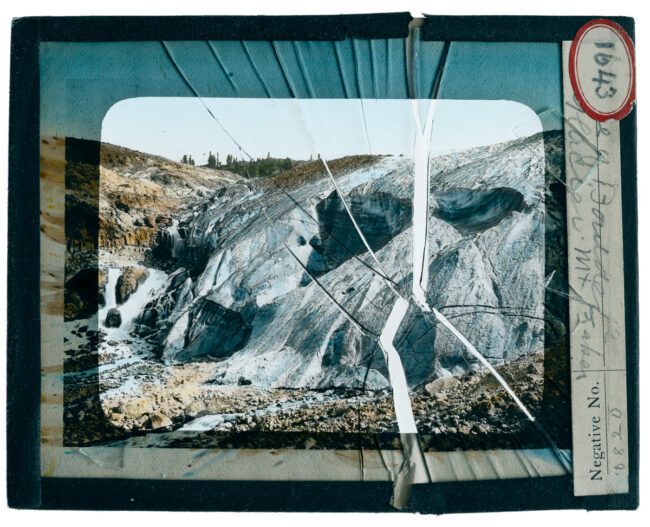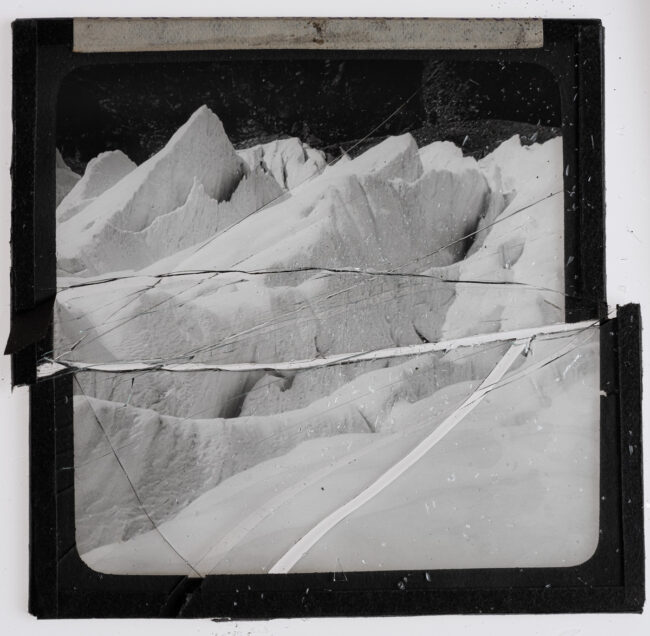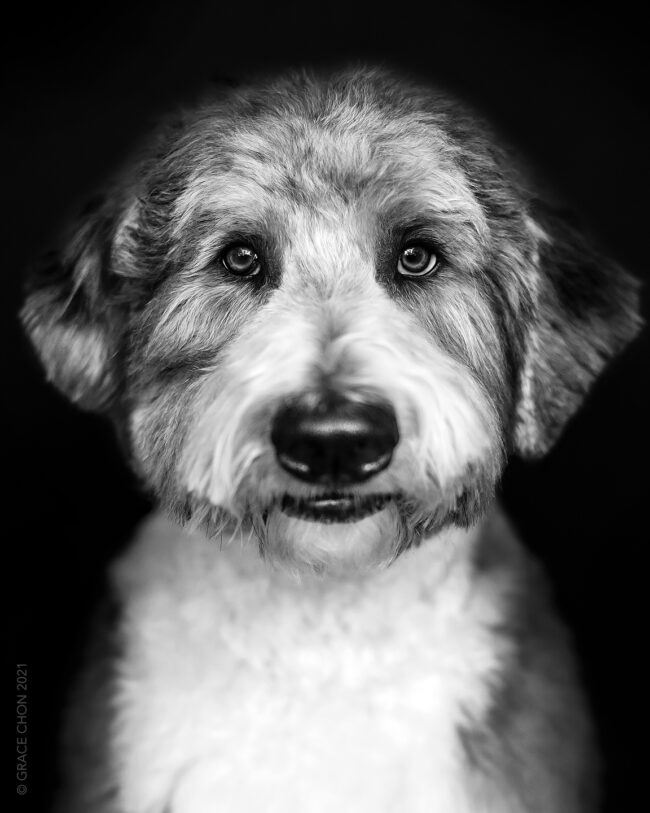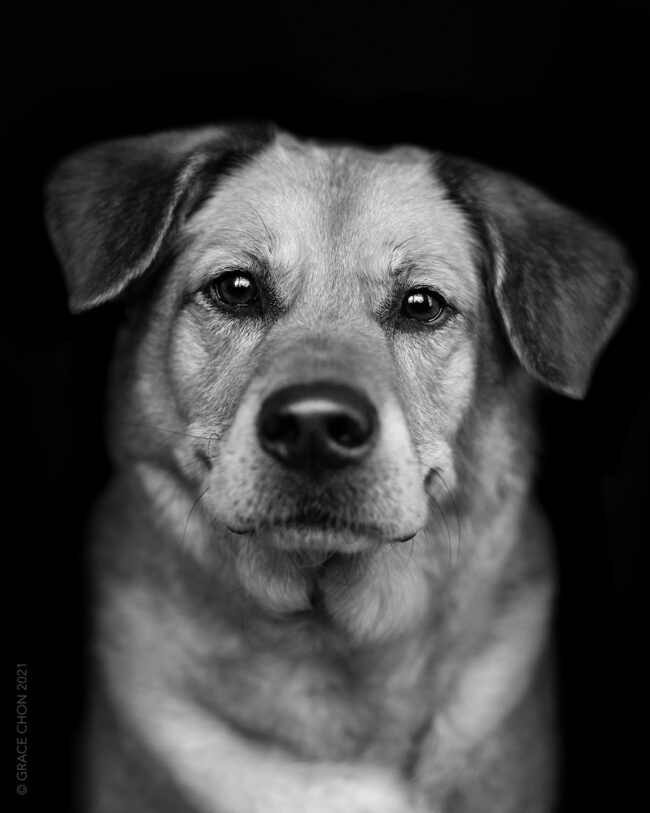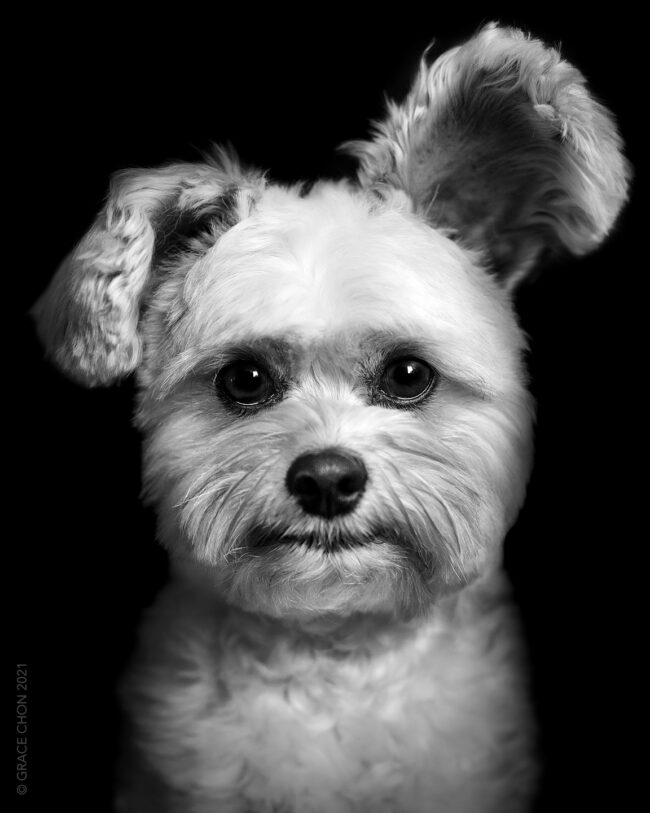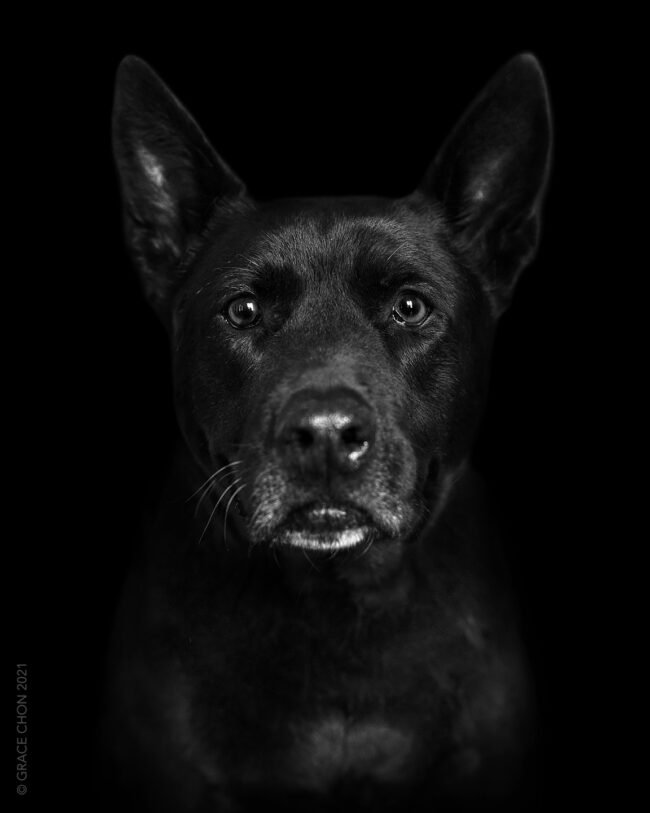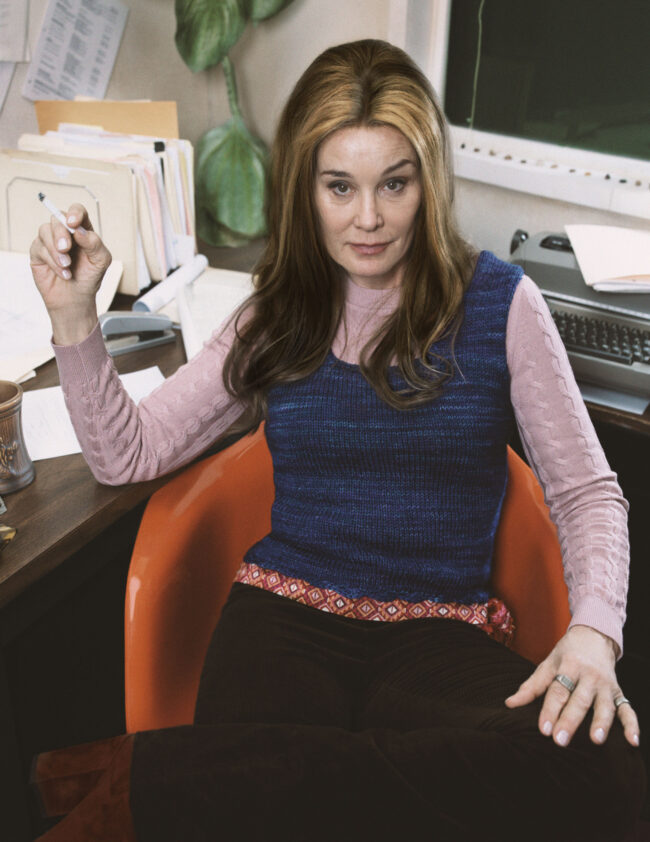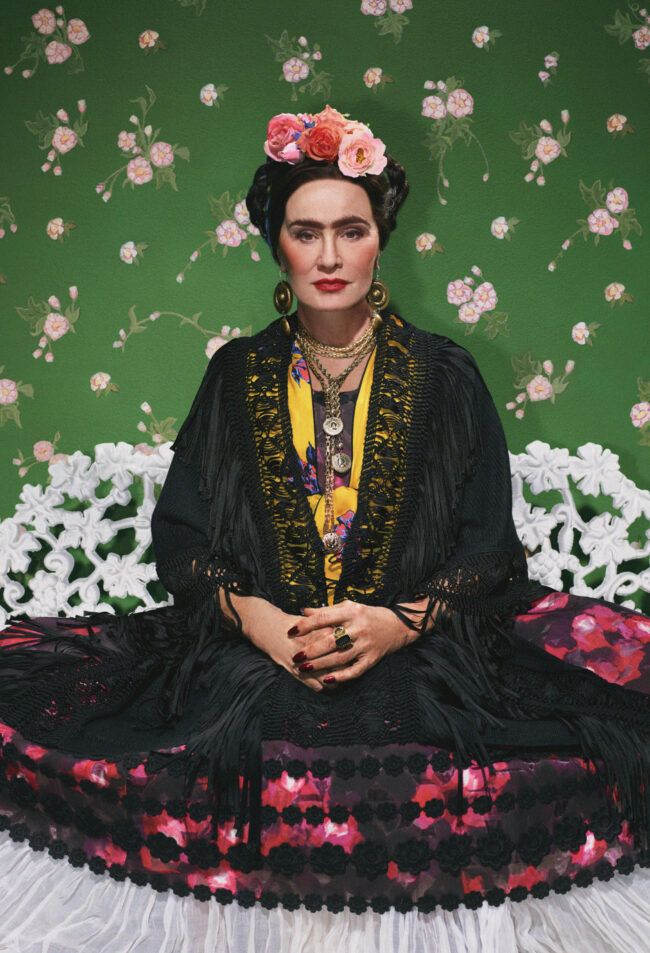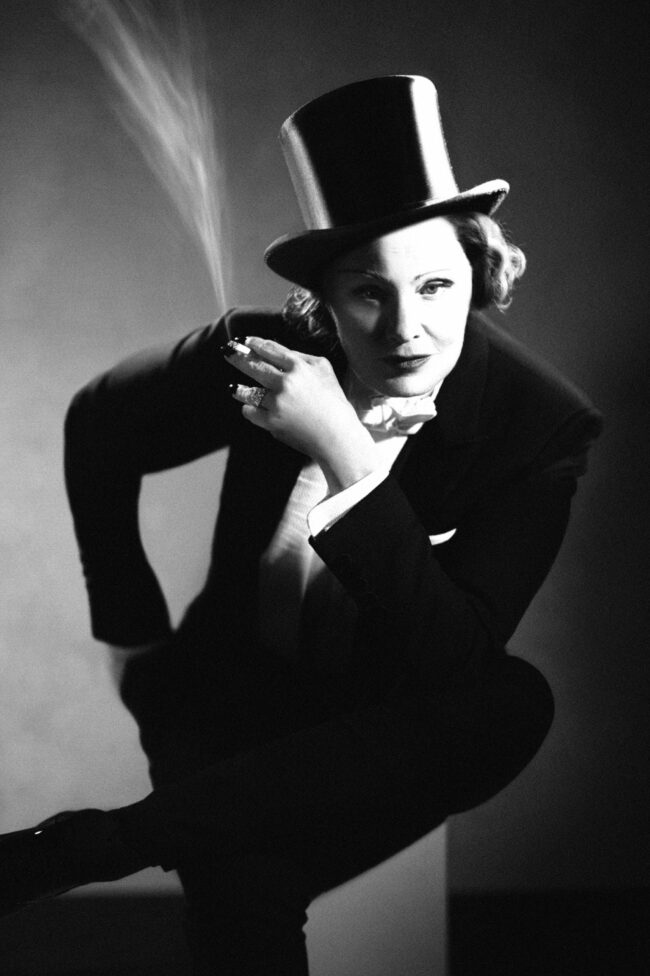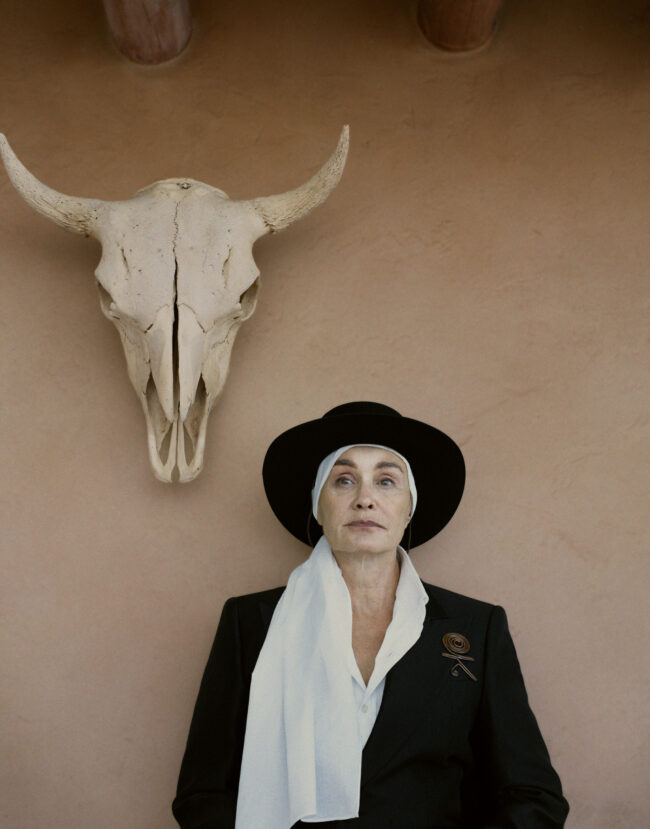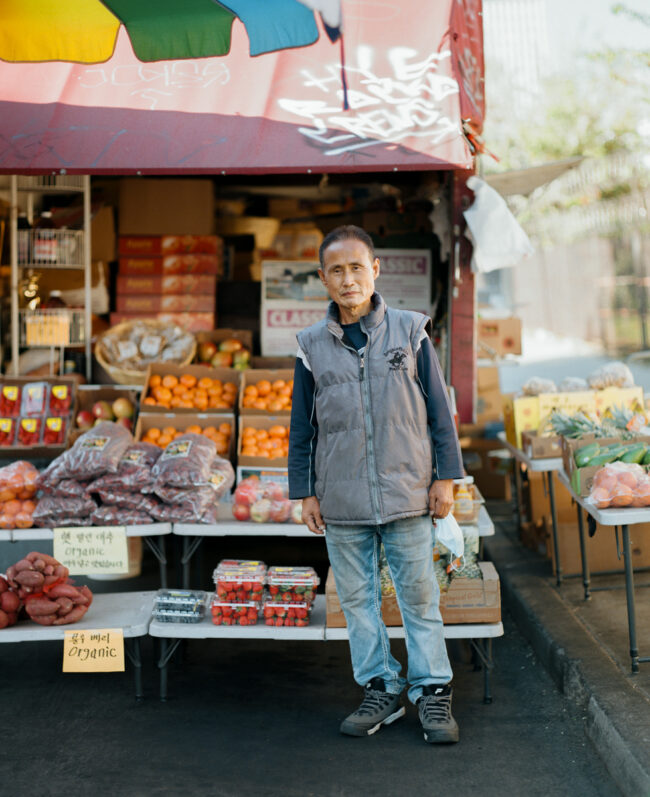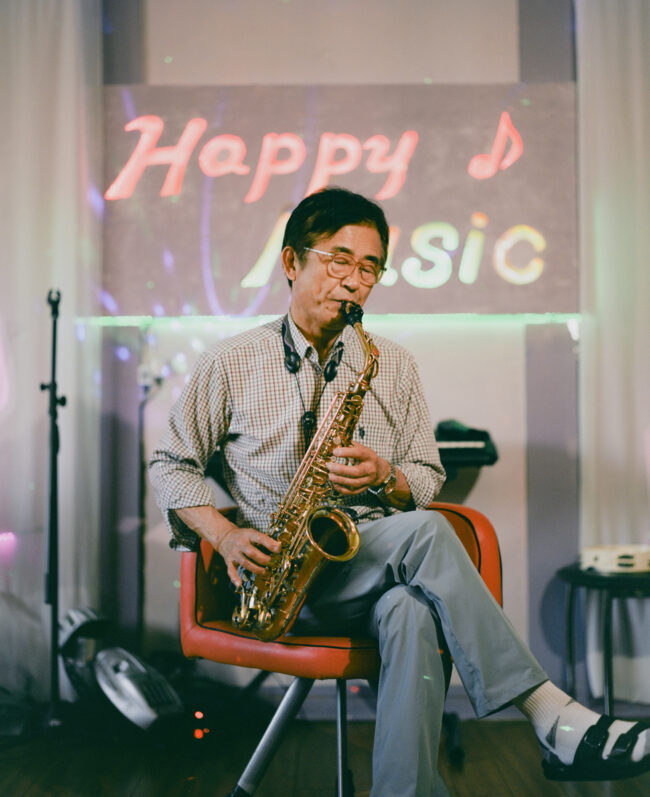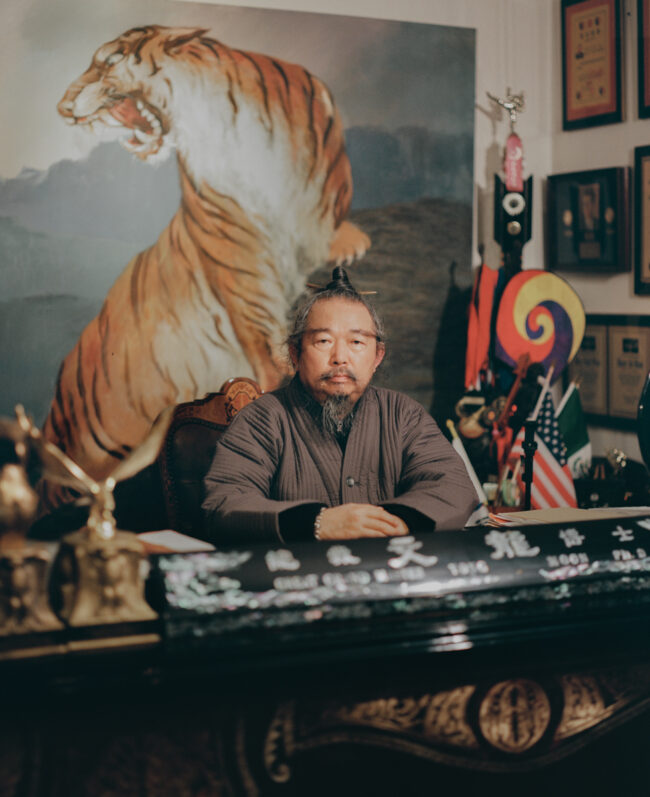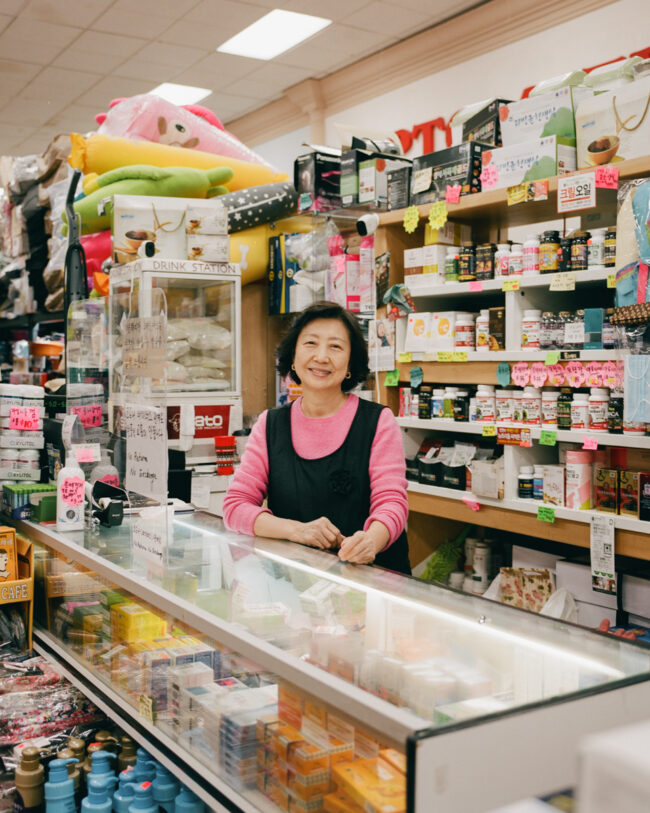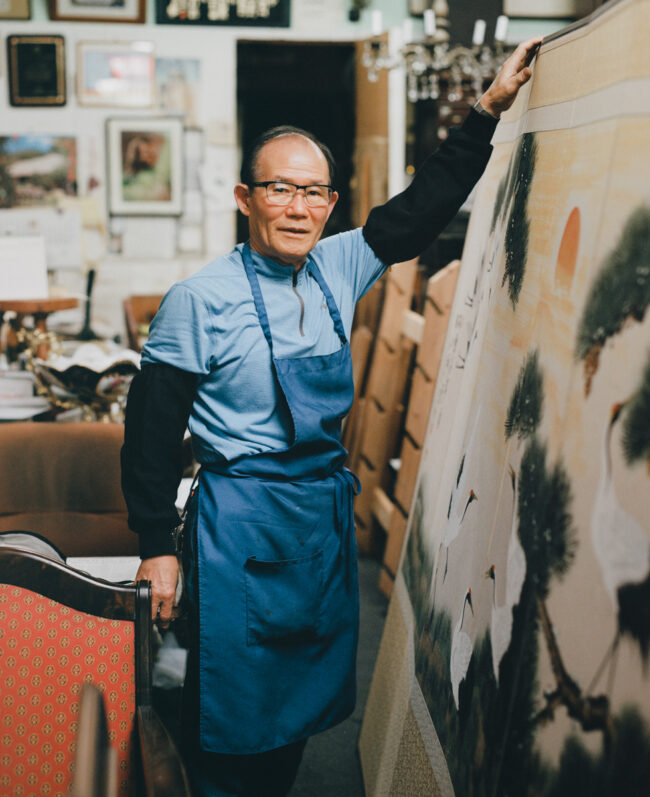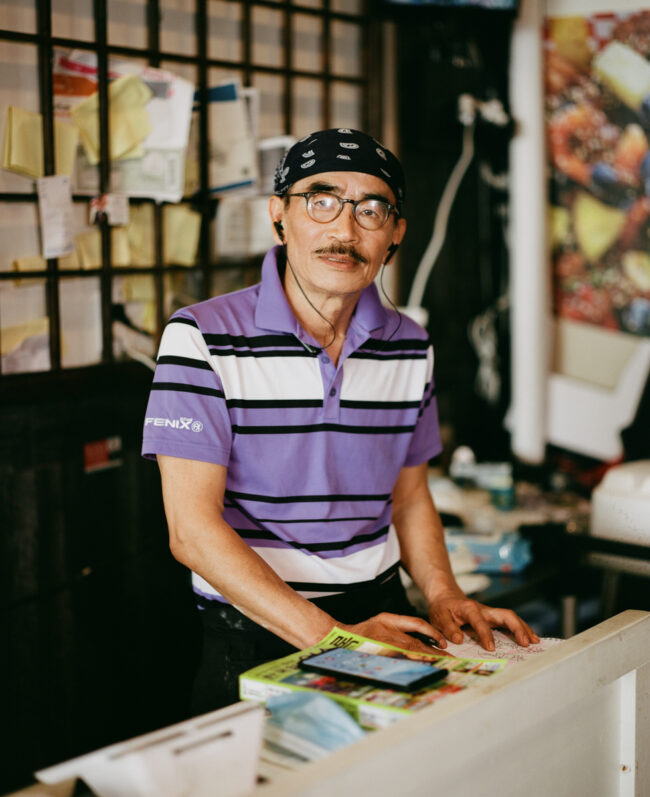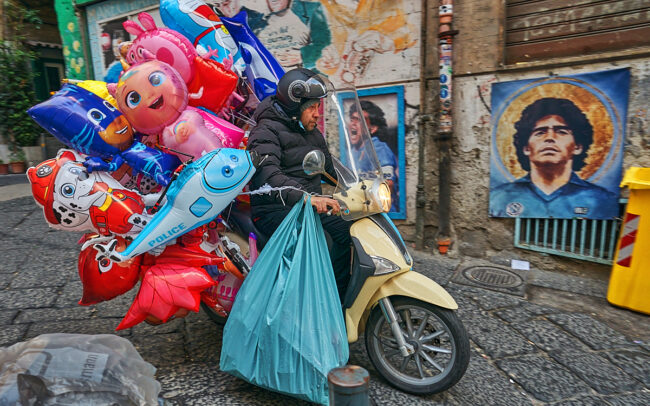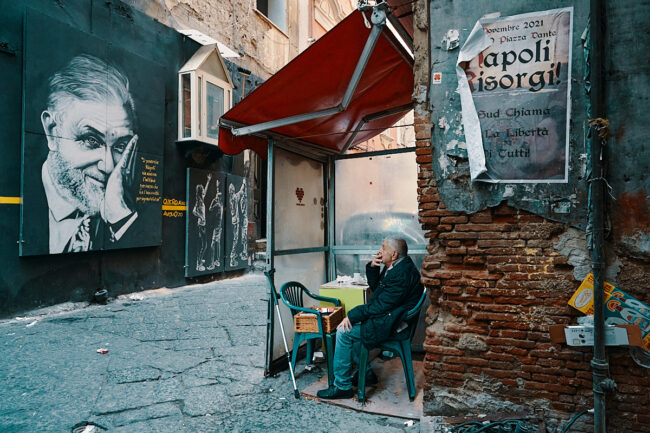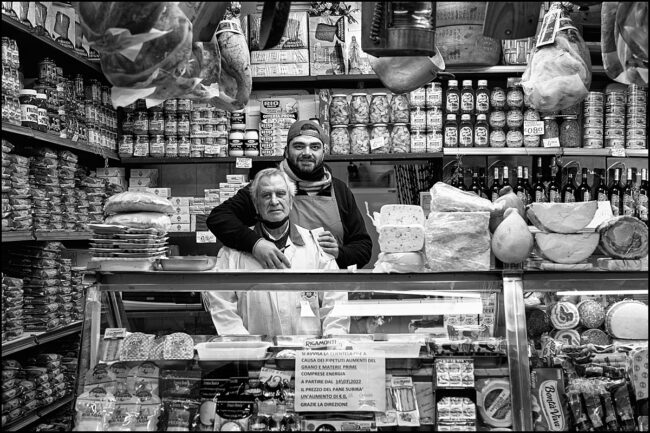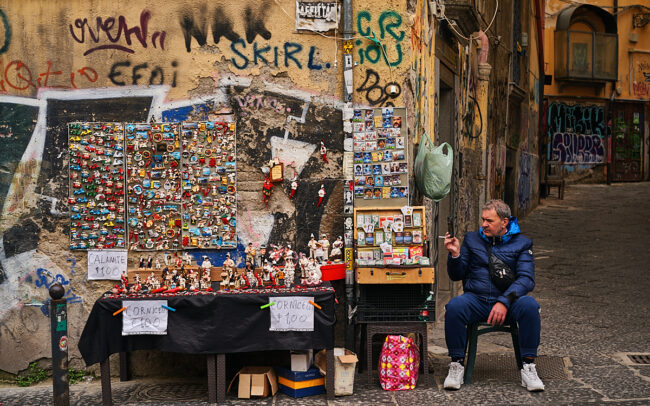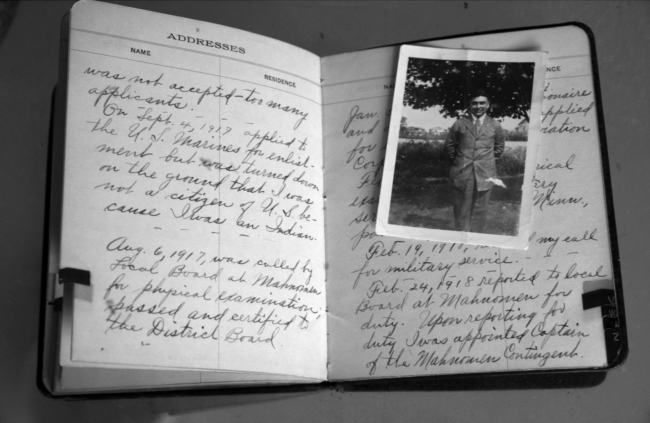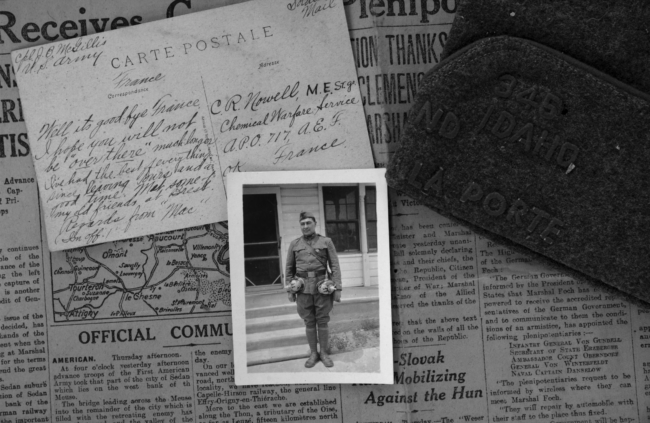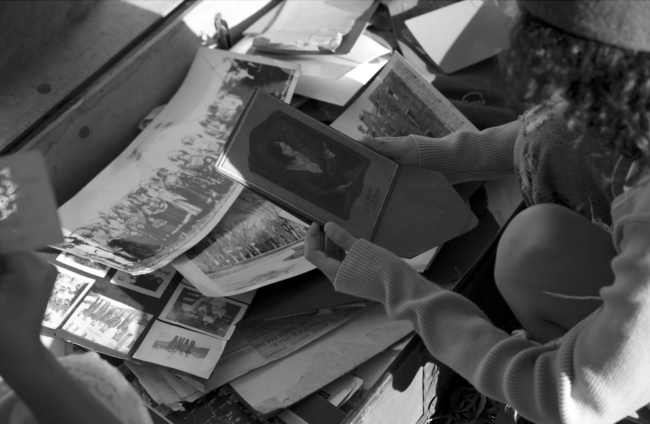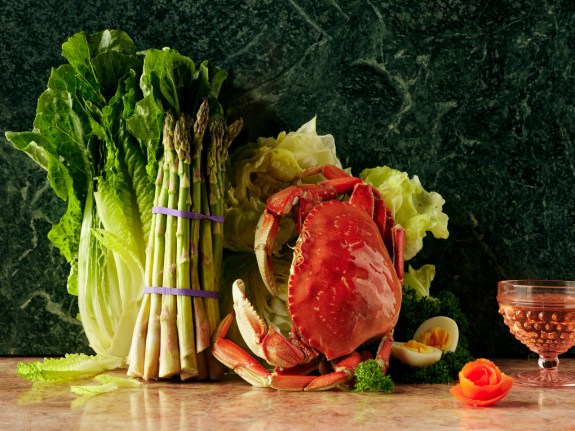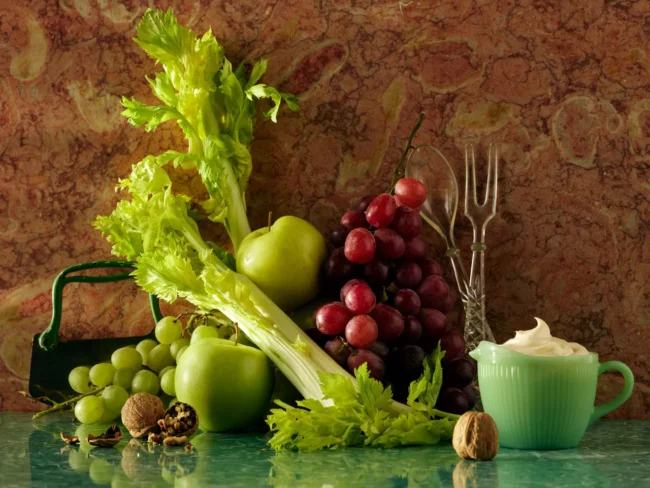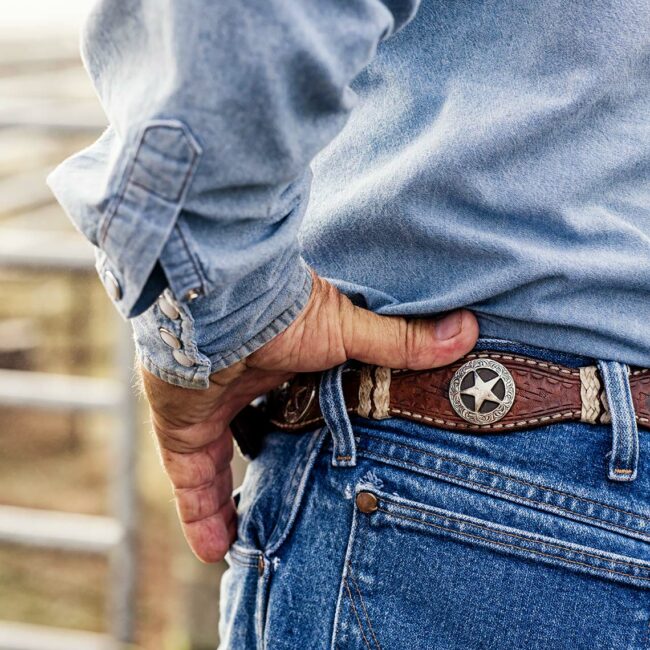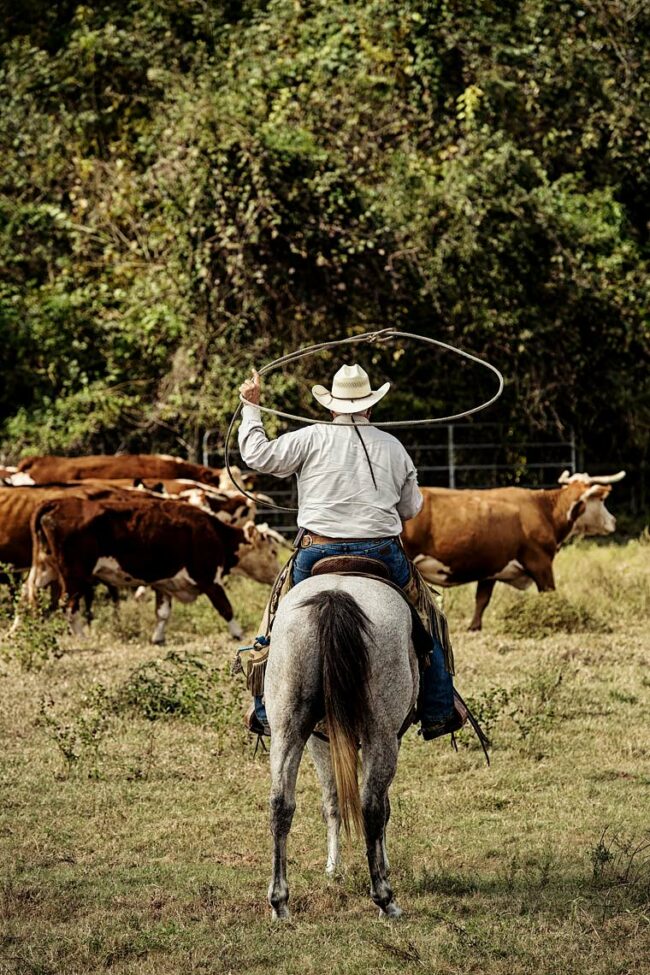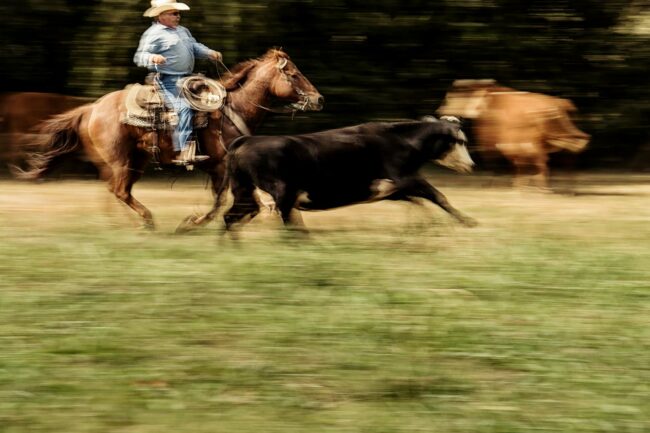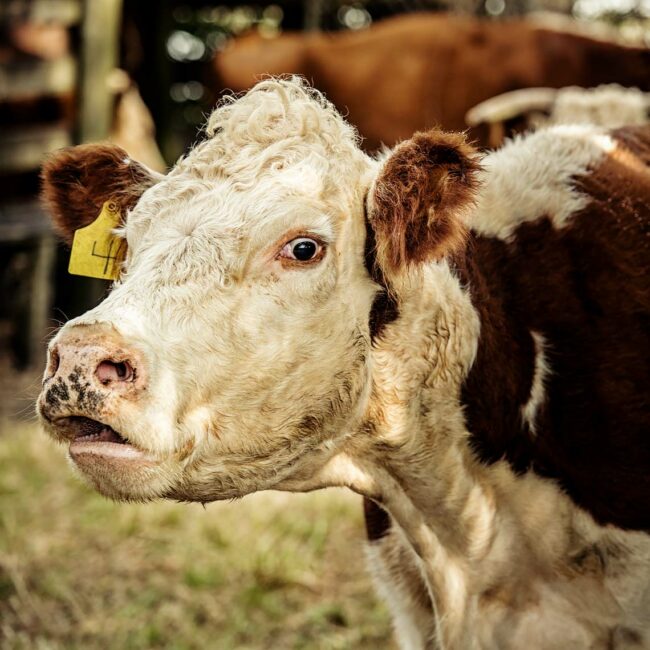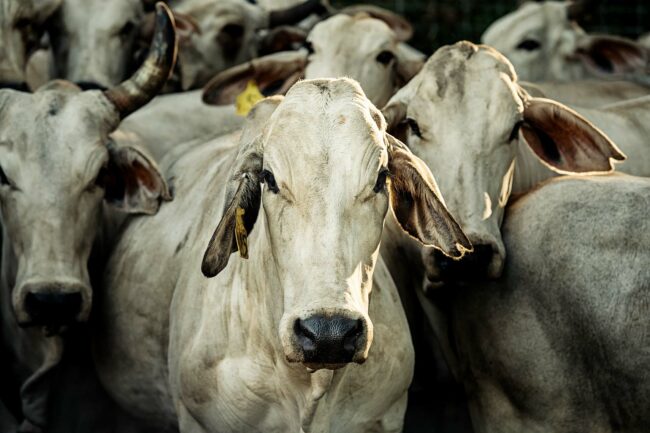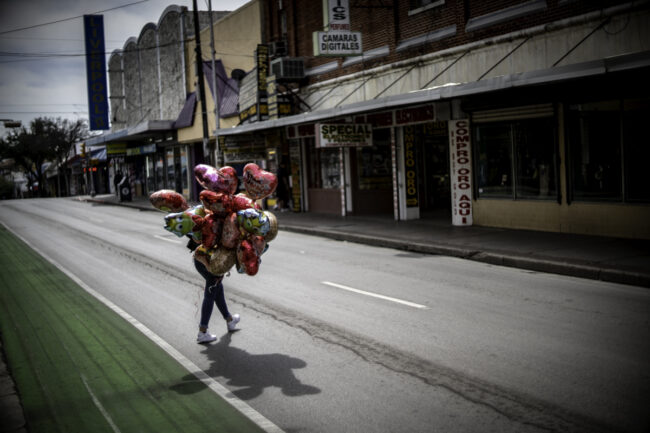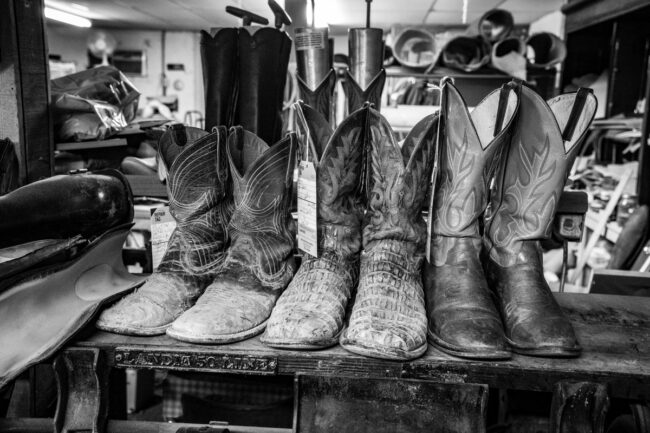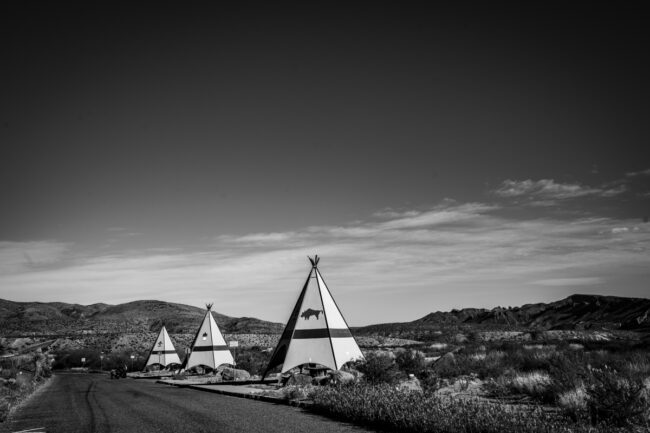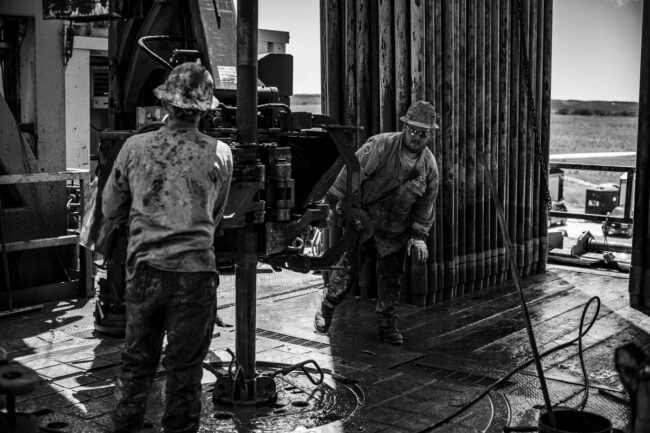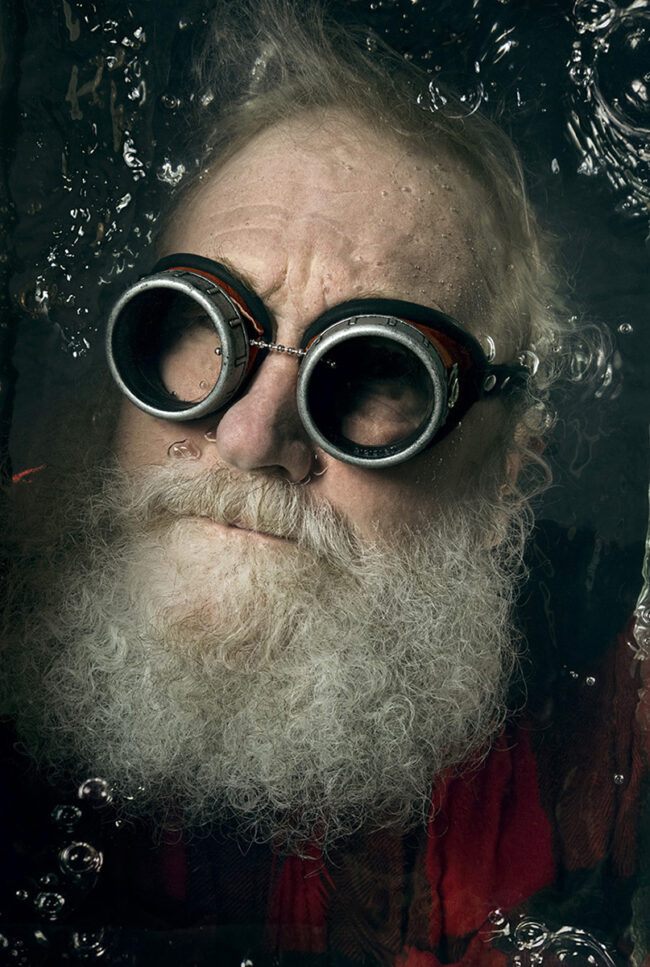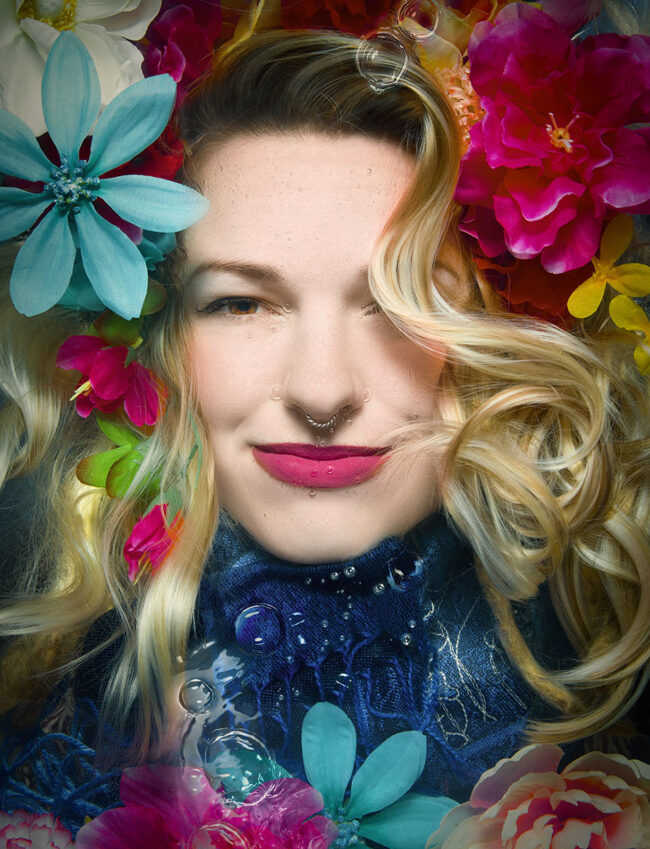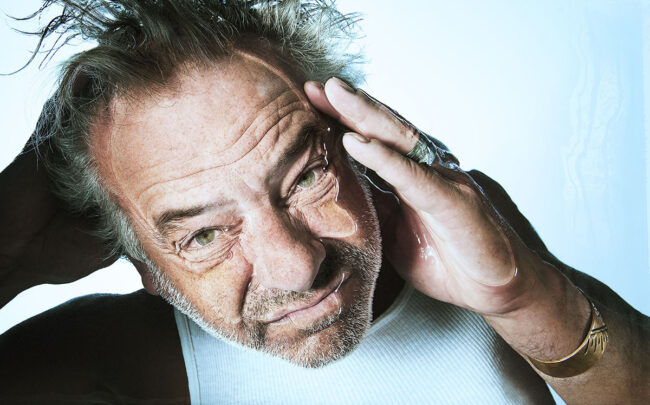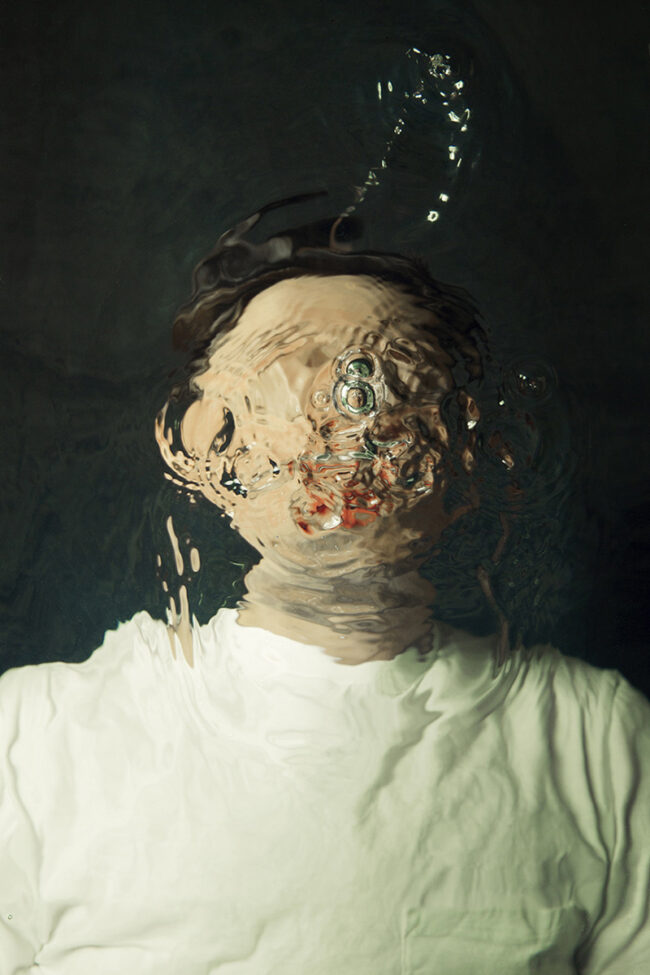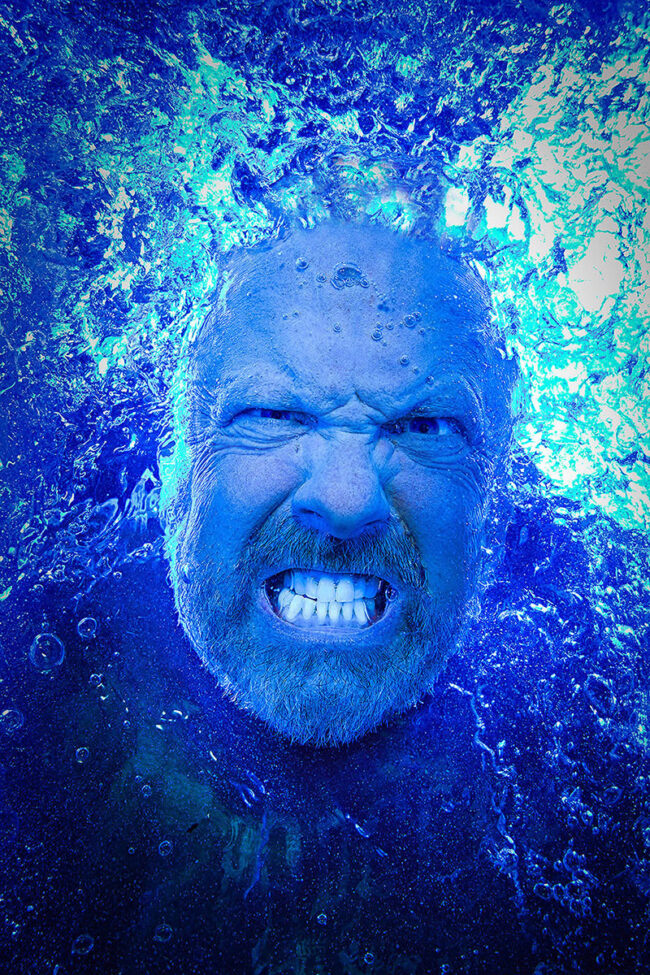The Art of the Personal Project is a crucial element to let potential buyers see how you think creatively on your own. I am drawn to personal projects that have an interesting vision or that show something I have never seen before. In this thread, I’ll include a link to each personal project with the artist statement so you can see more of the project. Please note: This thread is not affiliated with any company; I’m just featuring projects that I find. Please DO NOT send me your work. I do not take submissions.
Today’s featured artist: Claudine Williams
Birders of NYC
I have always been a birder, but the hobby had taken a backseat for a few years to family and work obligations. At the beginning of the Covid pandemic a lot of those obligations had ceased to exist (school lunches, photo shoots, etc.) and I became re-enchanted with the world of birding. Every morning I would wander NYC downtown parks with binoculars in hand, looking and listening for migrating birds. It brought serenity during an anxiety-inducing time. It’s a beautiful thing to see and hear a warbler in spring or fall.
Then in May 2020 an unfortunate incident occurred between two people in Central Park, a birder and a dog owner. I don’t want to mention names because they had their names mentioned enough. The incident planted a seed to start a portrait and interview series on birders in New York City. My regular work is mostly corporate and editorial portraits, and no one was booking at the time. To me it was necessary to start a project I could legally and safely do since New York City was still under social distancing and masking orders. The vibrancy of the birding community became apparent to me via eBird, Cornell University’s bird recording program. Every day it was inspiring to see the reports from people all over the city on the birds they have seen in places like Central Park, or Jamaica Bay. I loved getting these reports and wanted to get to know these fascinating people and show who they were.
I didn’t personally know a lot of birders during that time period, so I decided to use social media as a way to find them. Instagram was not very helpful, but I hit the jackpot with Twitter. The NYC birding community (as well as other birding communities) are very active on Twitter. I started to periodically send out tweets looking for participants to be photographed and interviewed. Those tweets got retweeted and so on. One of those tweets contained a photograph I had taken of a woman birder. Ted Floyd, editor at Birding Magazine (magazine for the American Birding Association) saw the tweet and asked if I’d be interested in publishing part of my project and of course I said yes. He chose to publish women birders because historically birding has been a male-oriented hobby.
This project will most likely be on-going, and potentially expand to other big cities. Thank you for viewing my project.


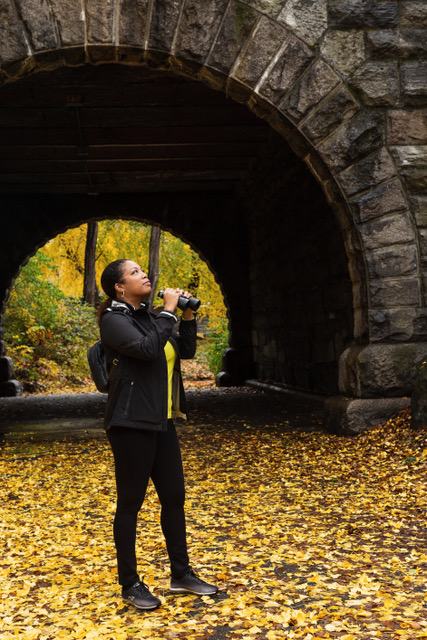

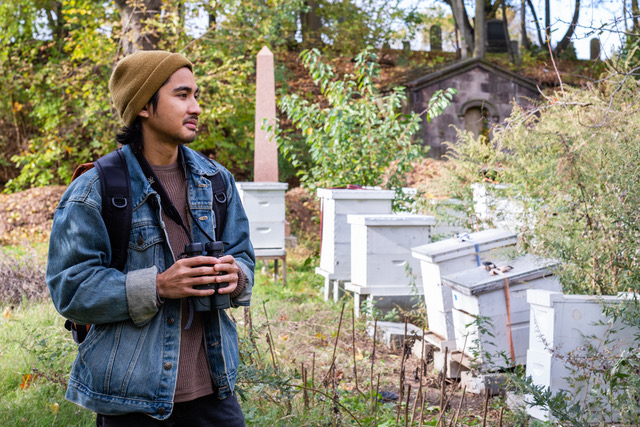
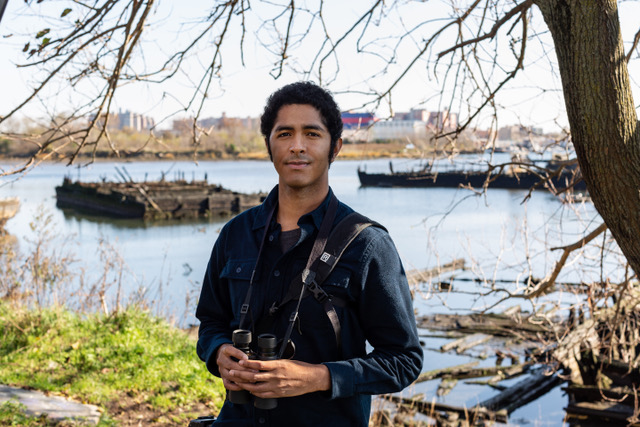

To see more of this project, click here
APE contributor Suzanne Sease currently works as a consultant for photographers and illustrators around the world. She has been involved in the photography and illustration industry since the mid 80s. After establishing the art-buying department at The Martin Agency, then working for Kaplan-Thaler, Capital One, Best Buy and numerous smaller agencies and companies, she decided to be a consultant in 1999. She has a Twitter feed with helpful marketing information because she believes that marketing should be driven by brand and not by specialty. Follow her at @SuzanneSease. Instagram
Success is more than a matter of your talent. It’s also a matter of doing a better job presenting it. And that is what I do with decades of agency and in-house experience.
